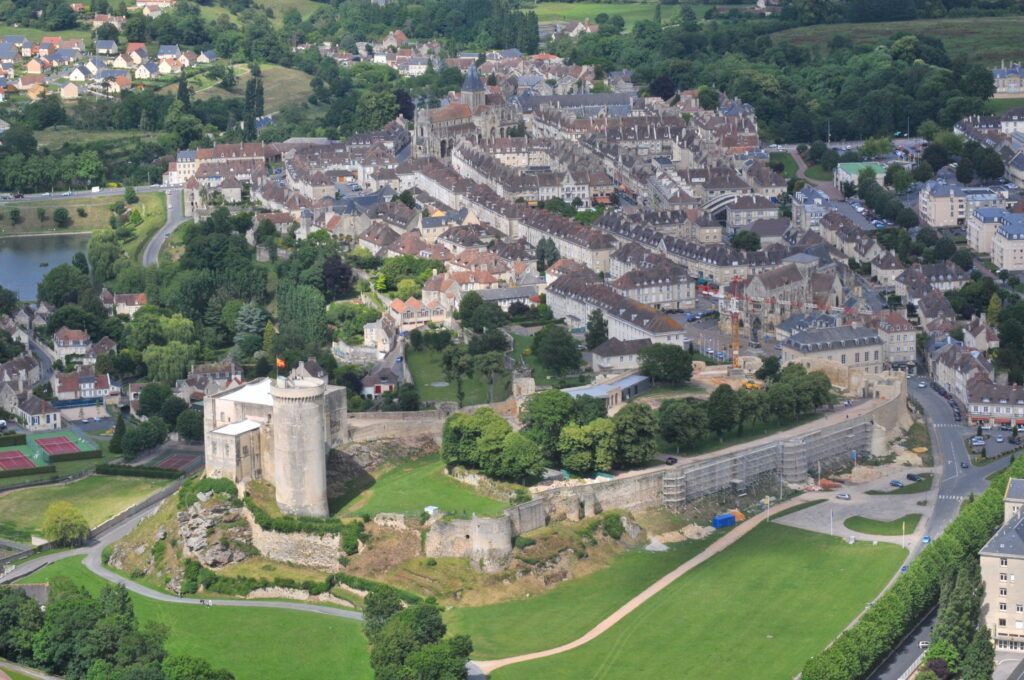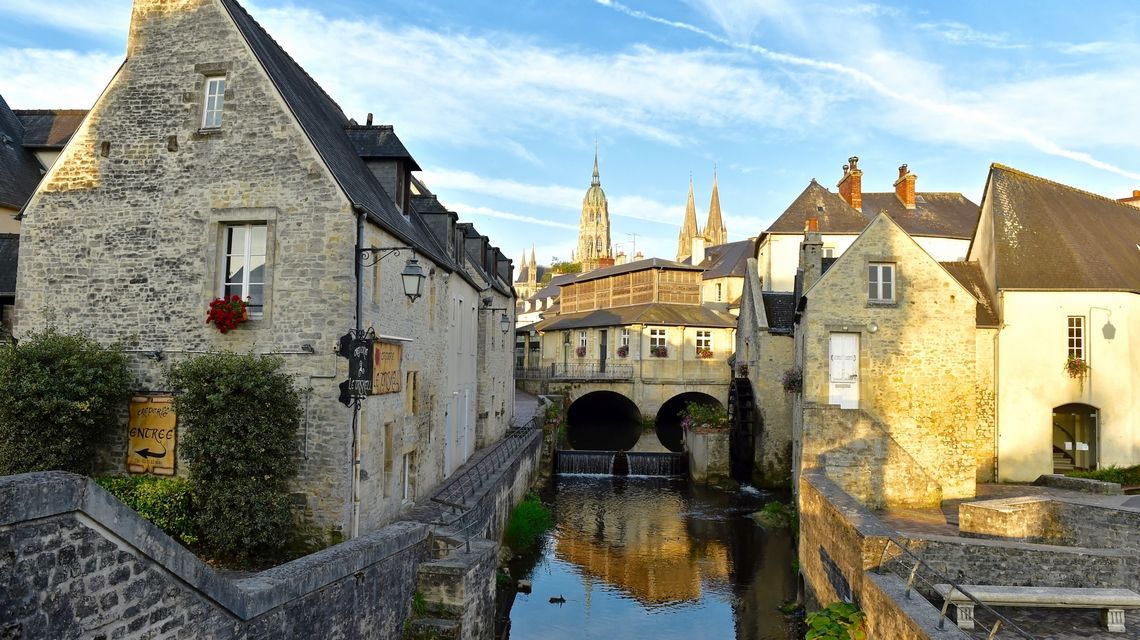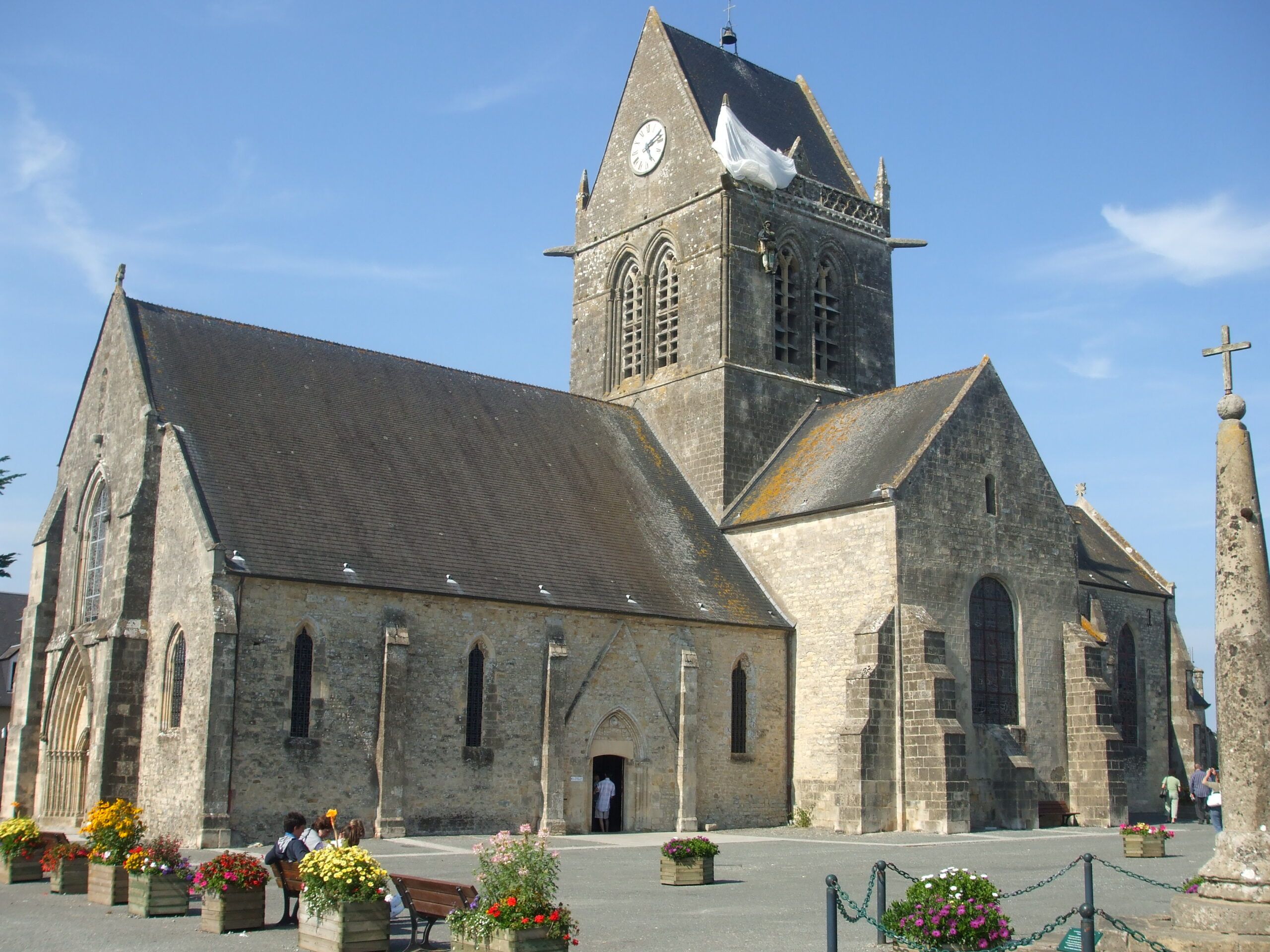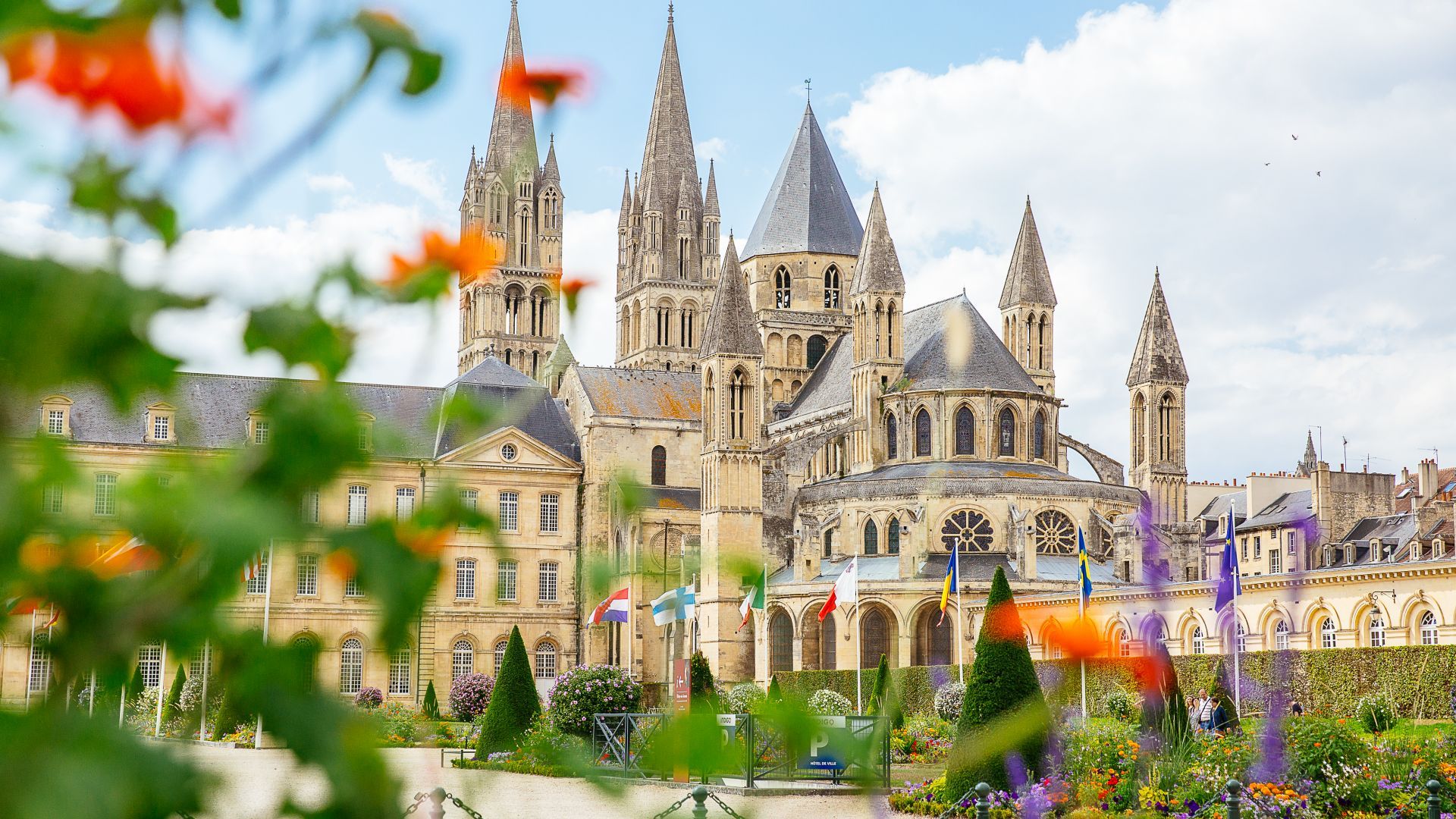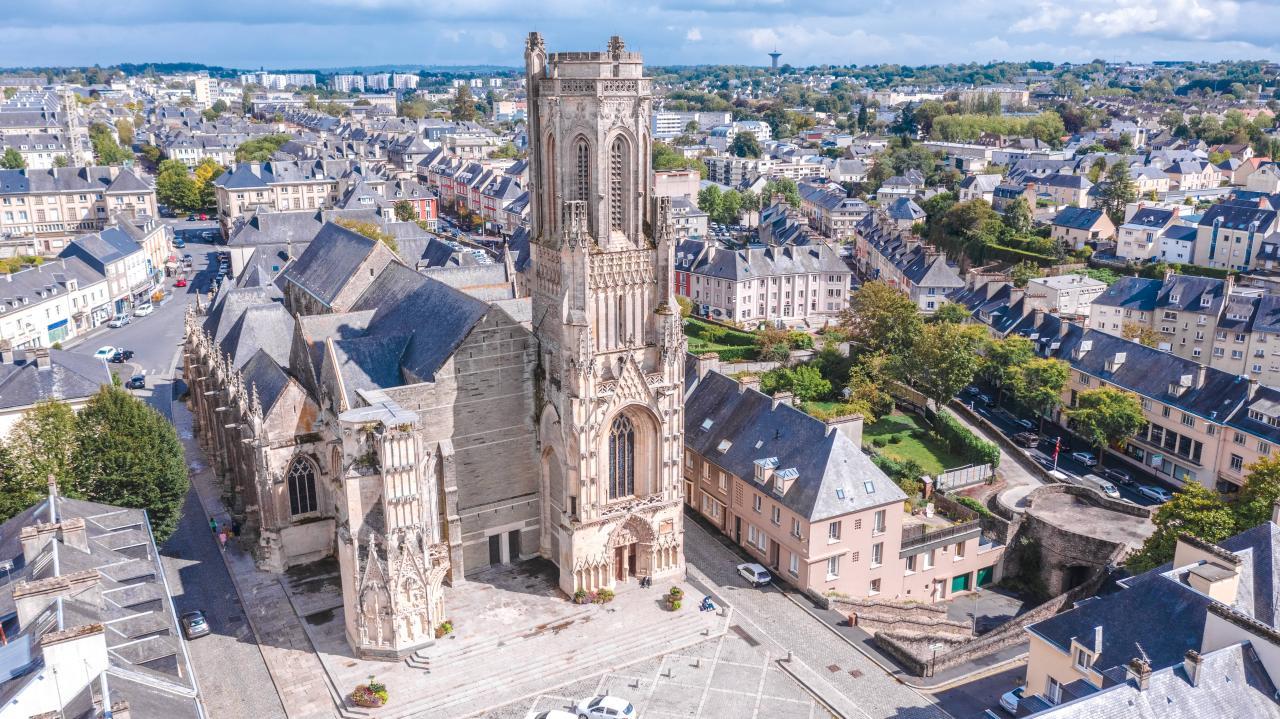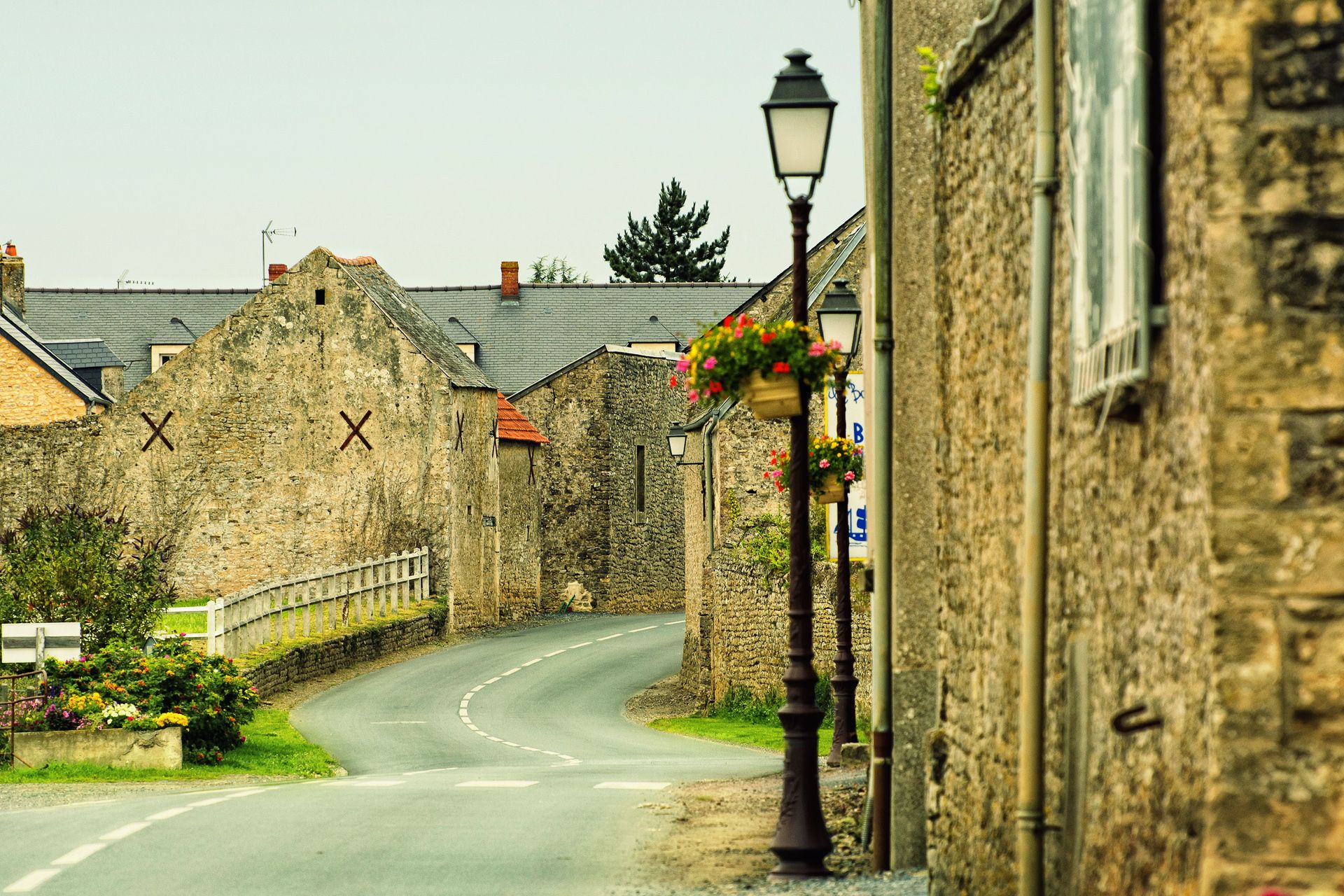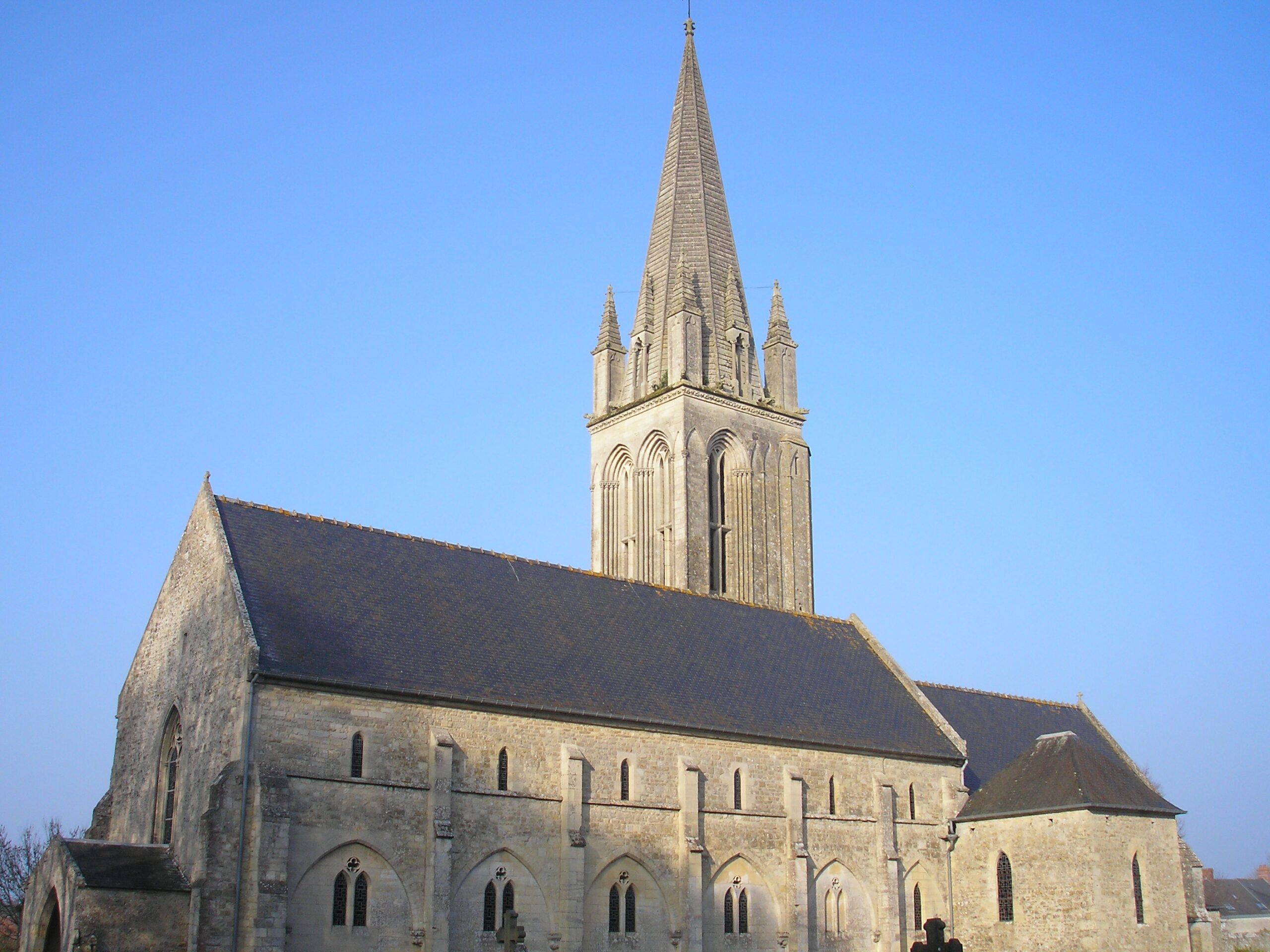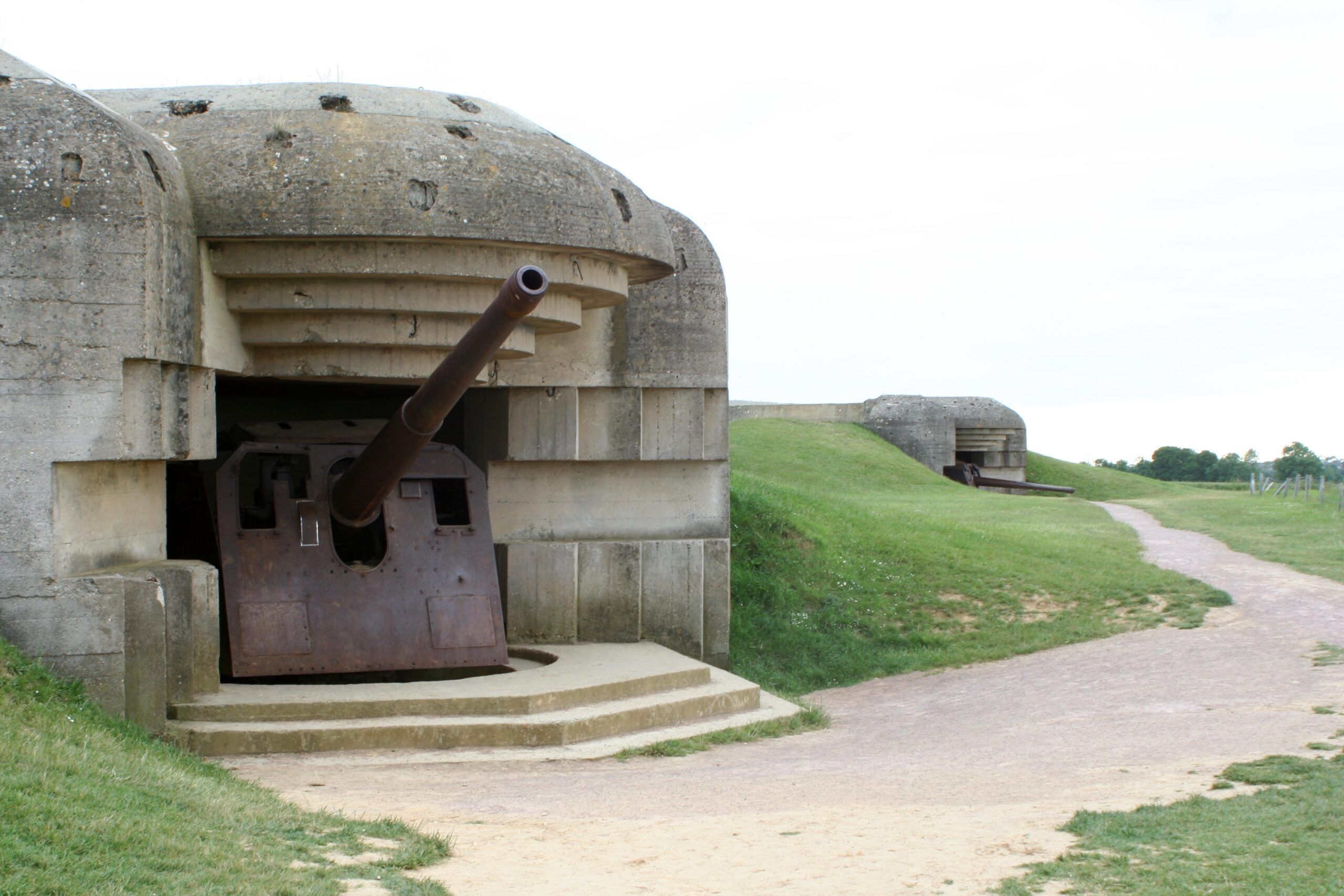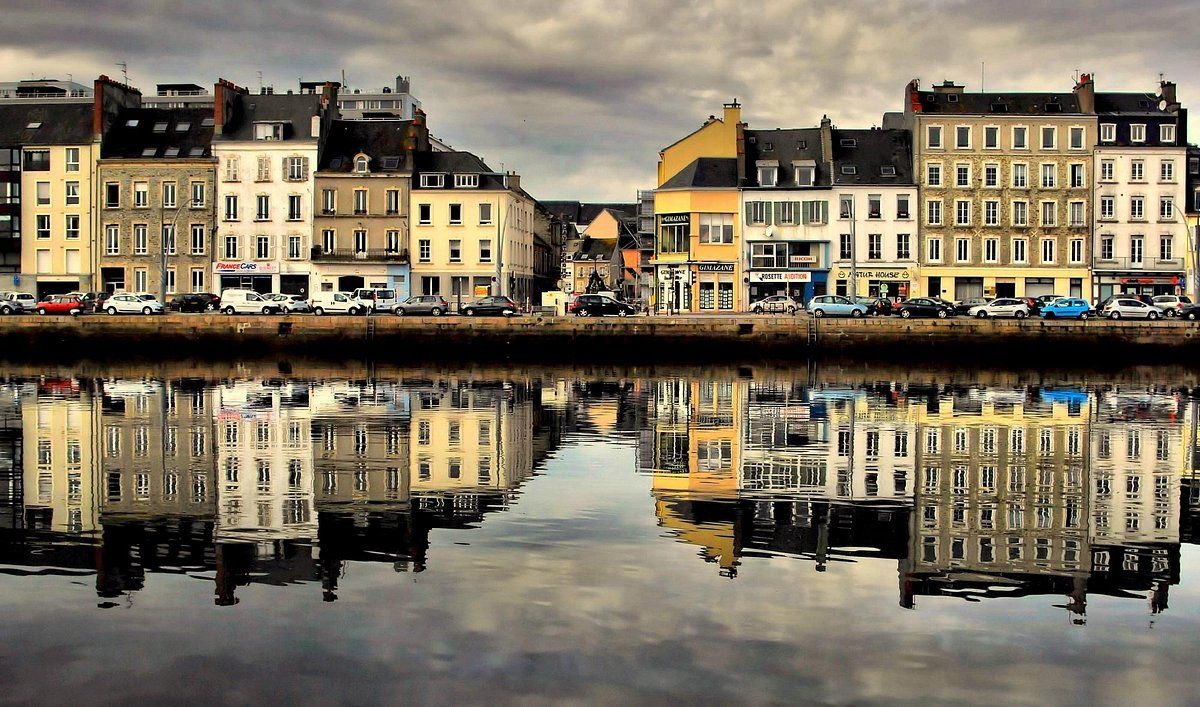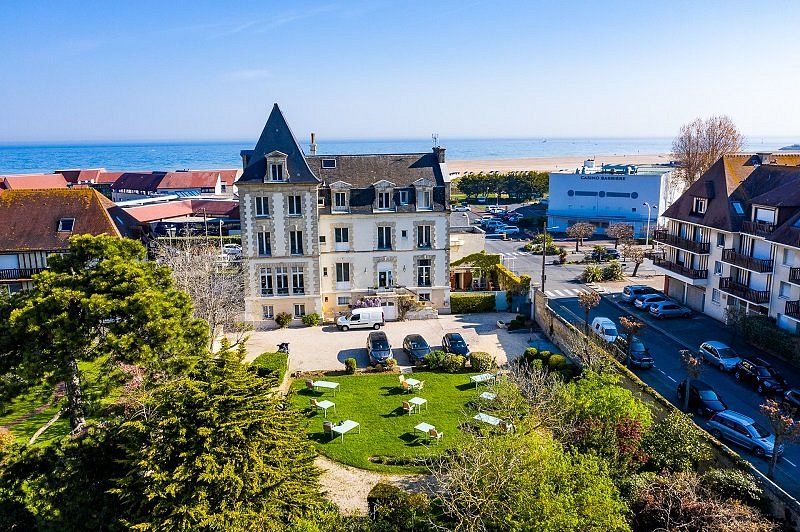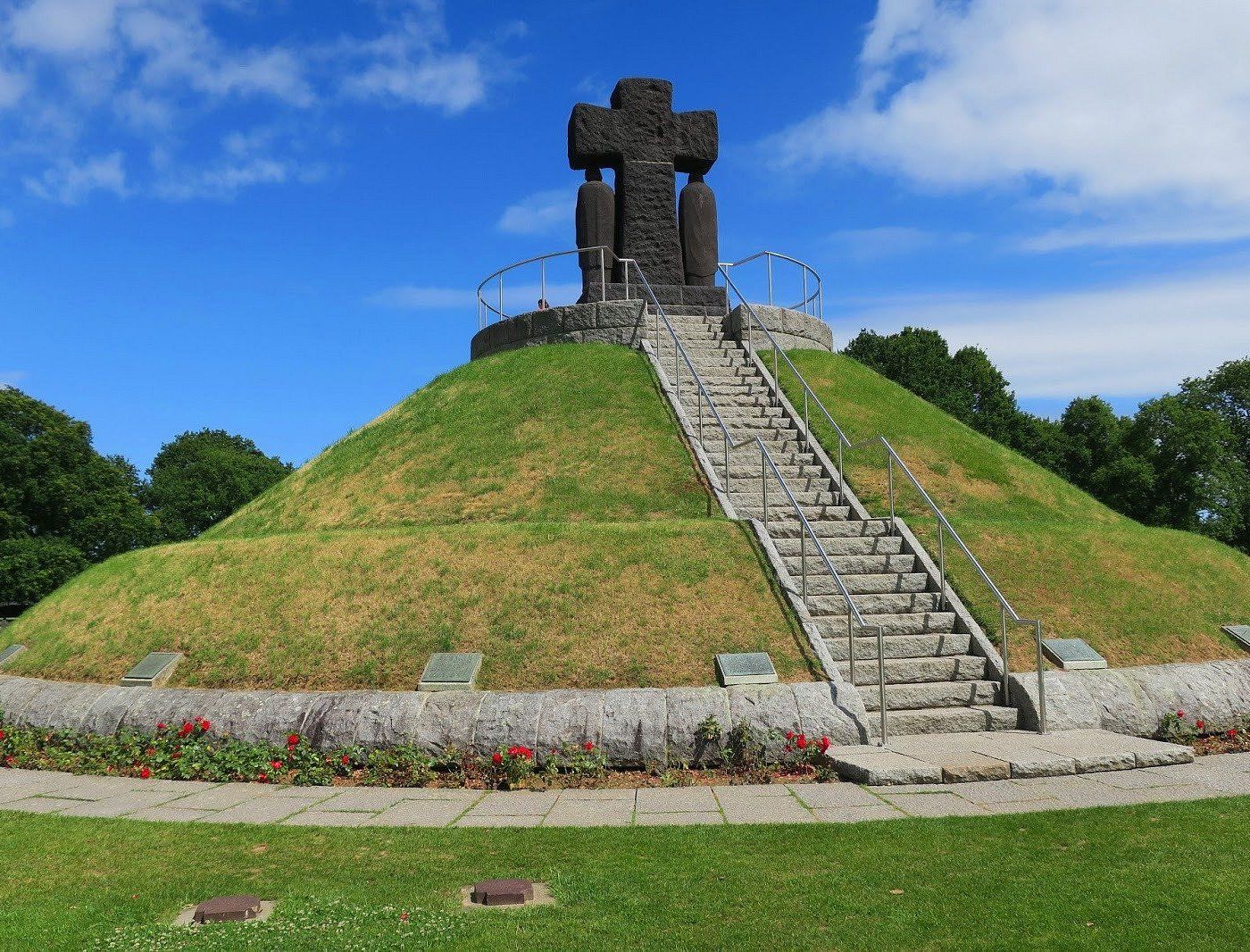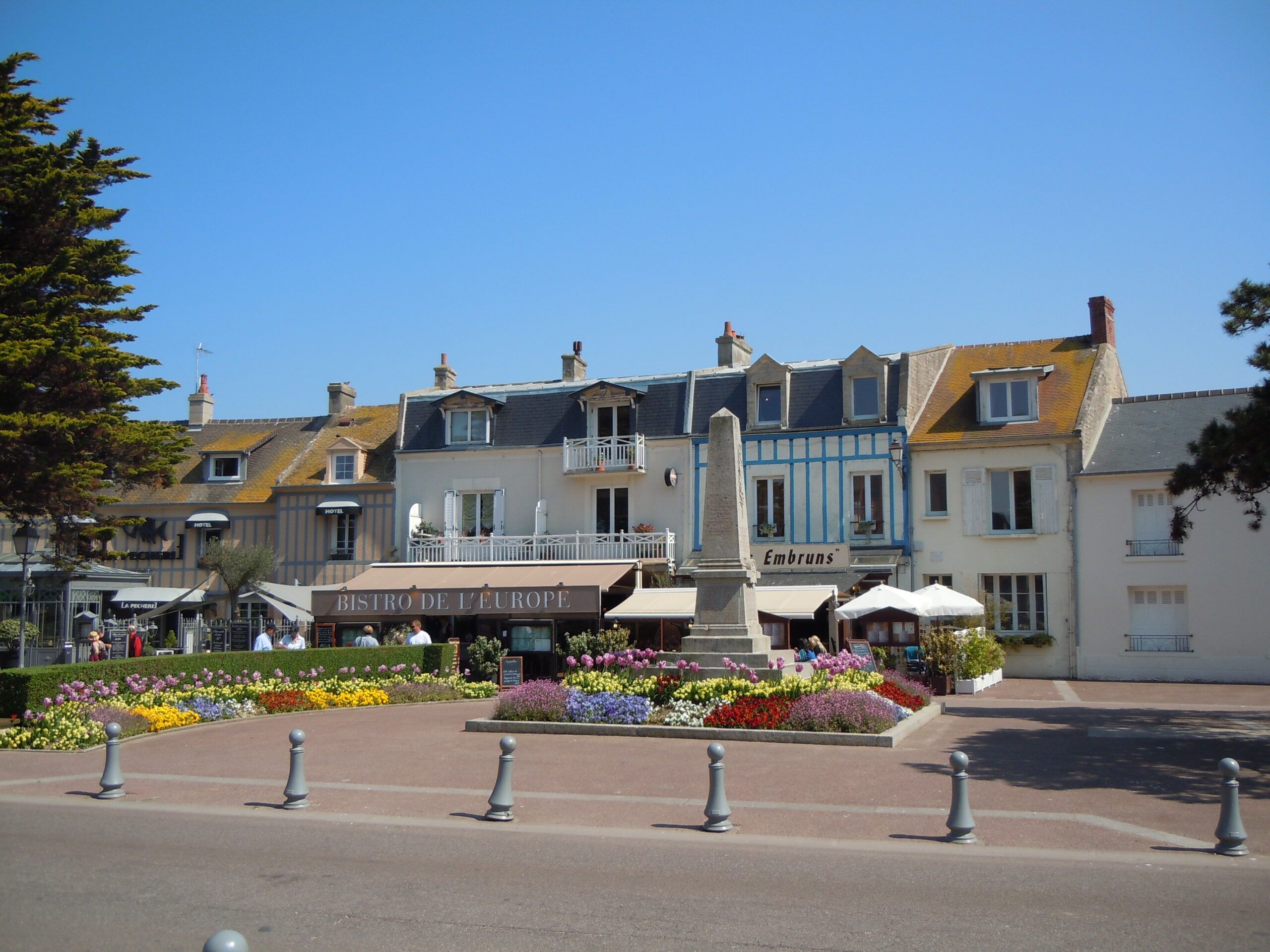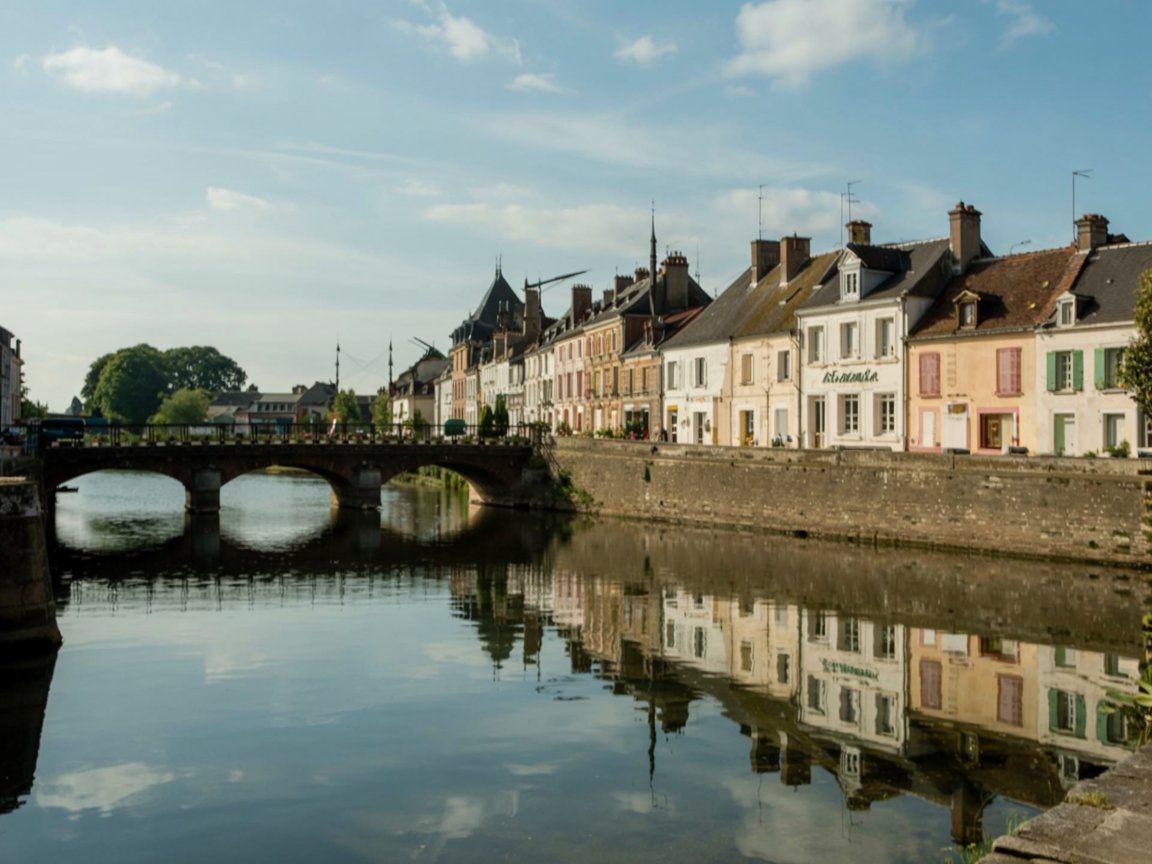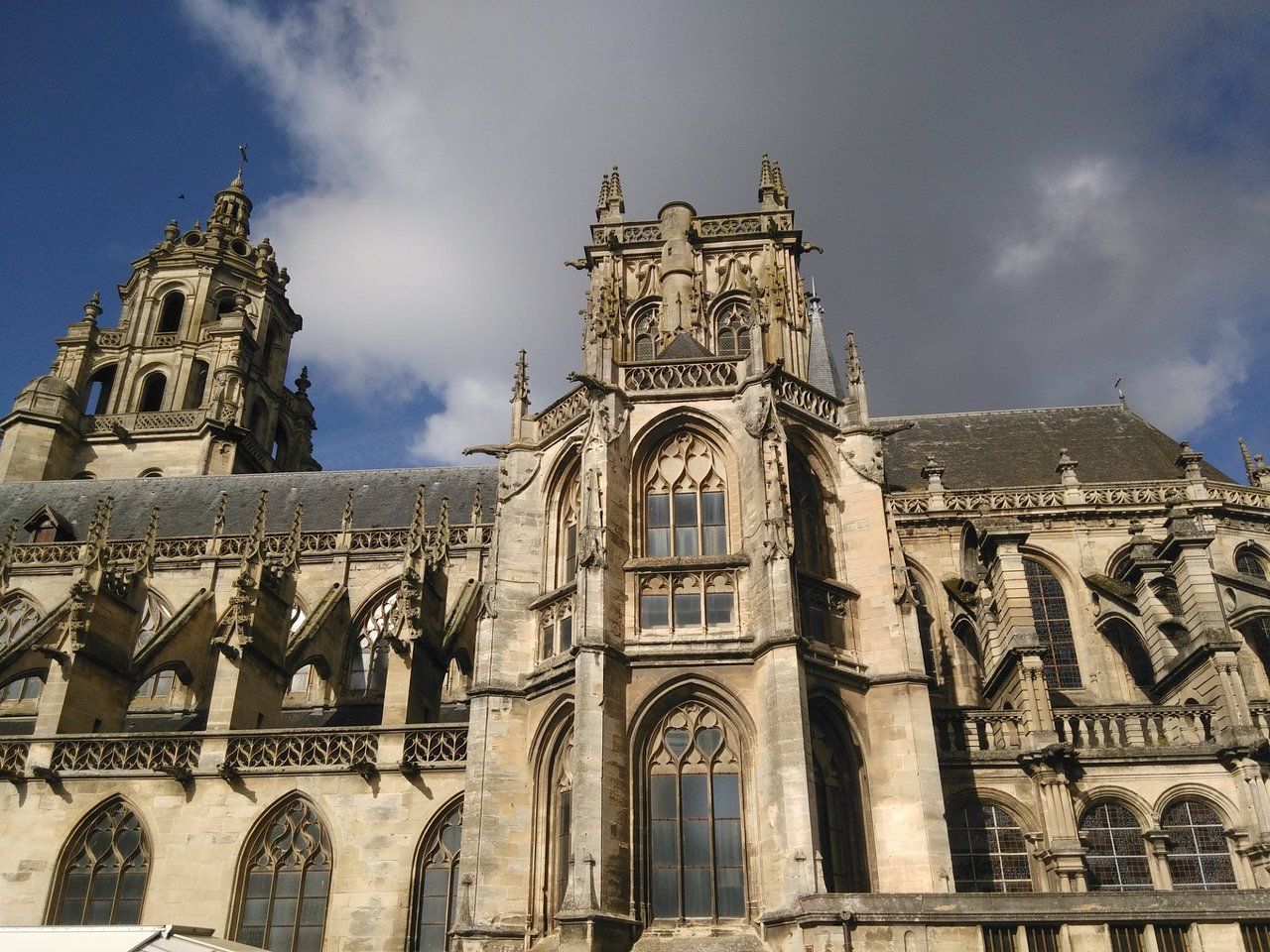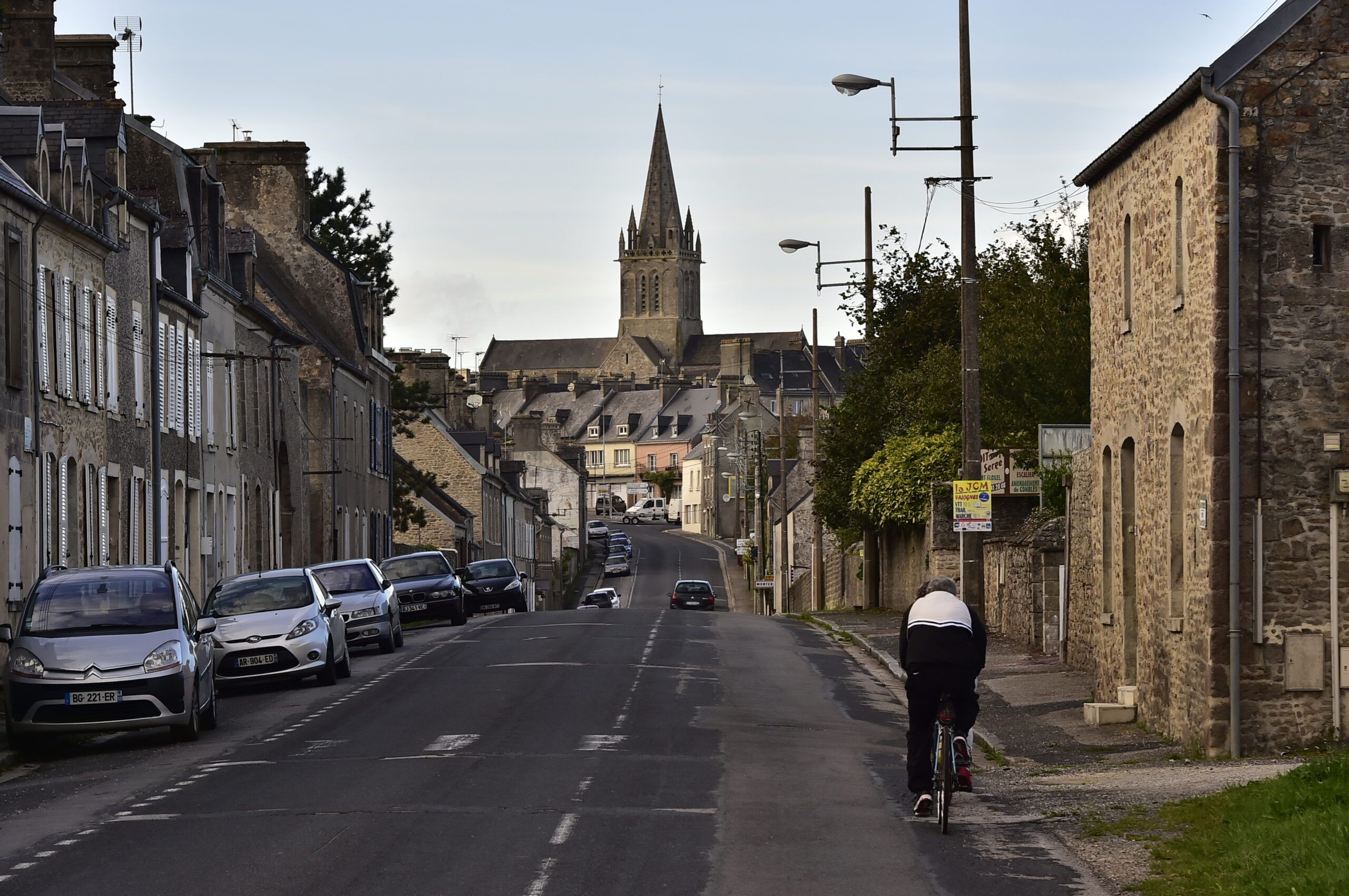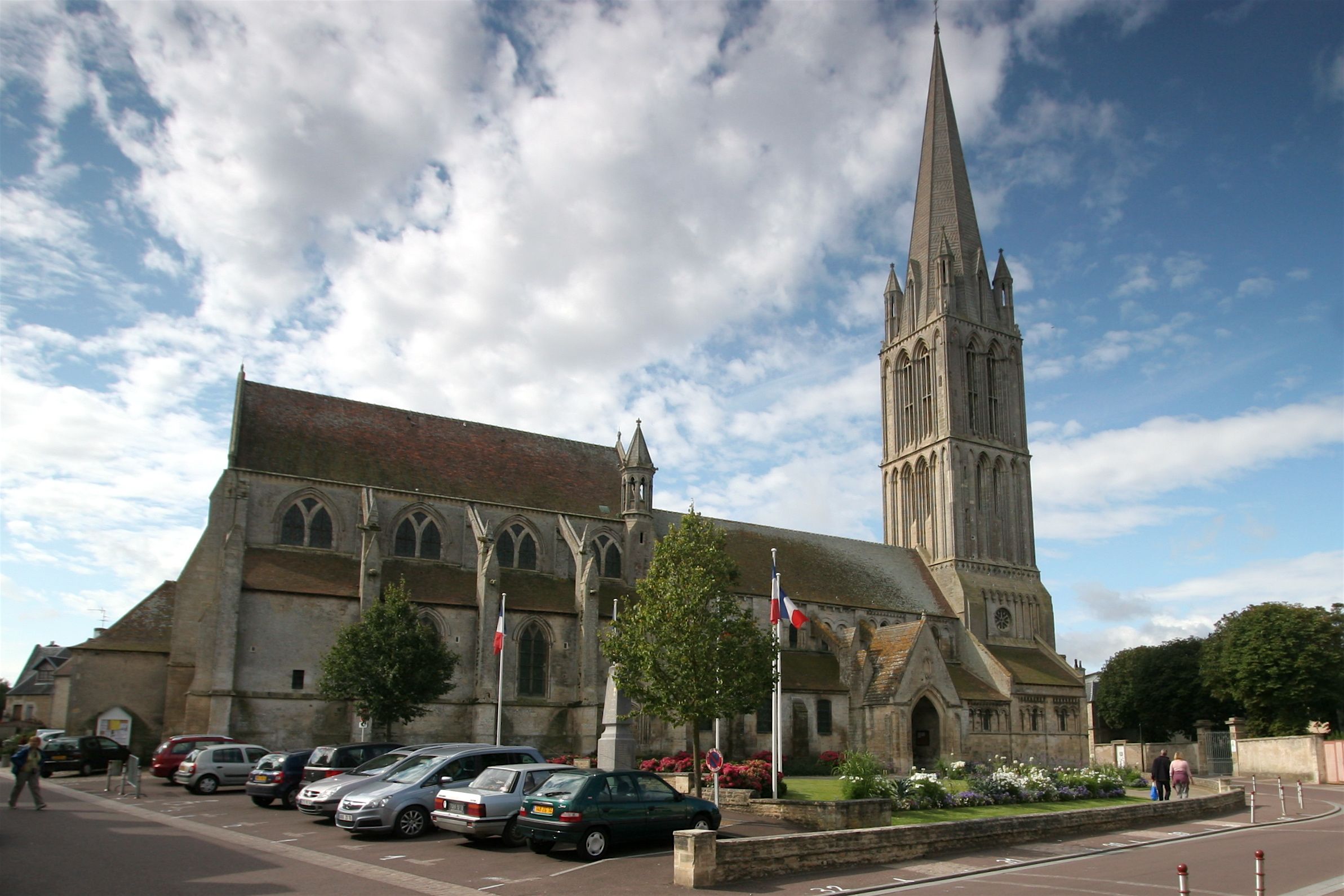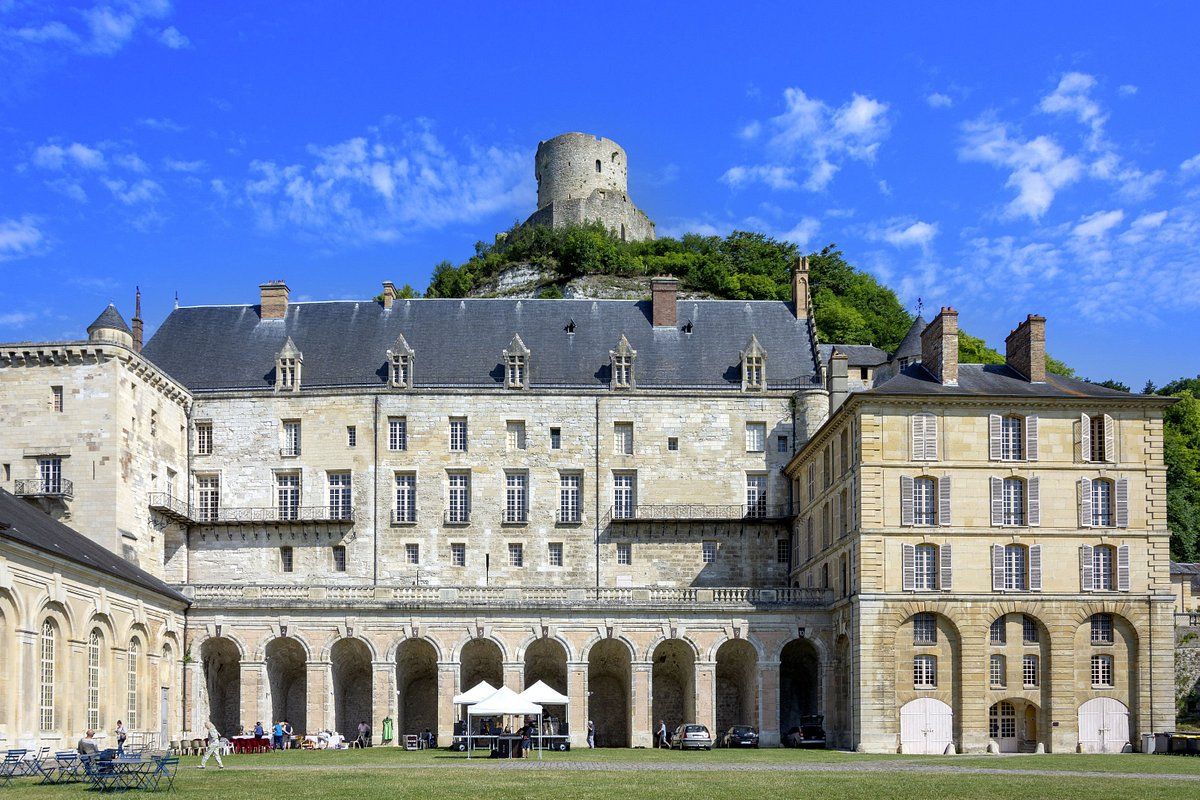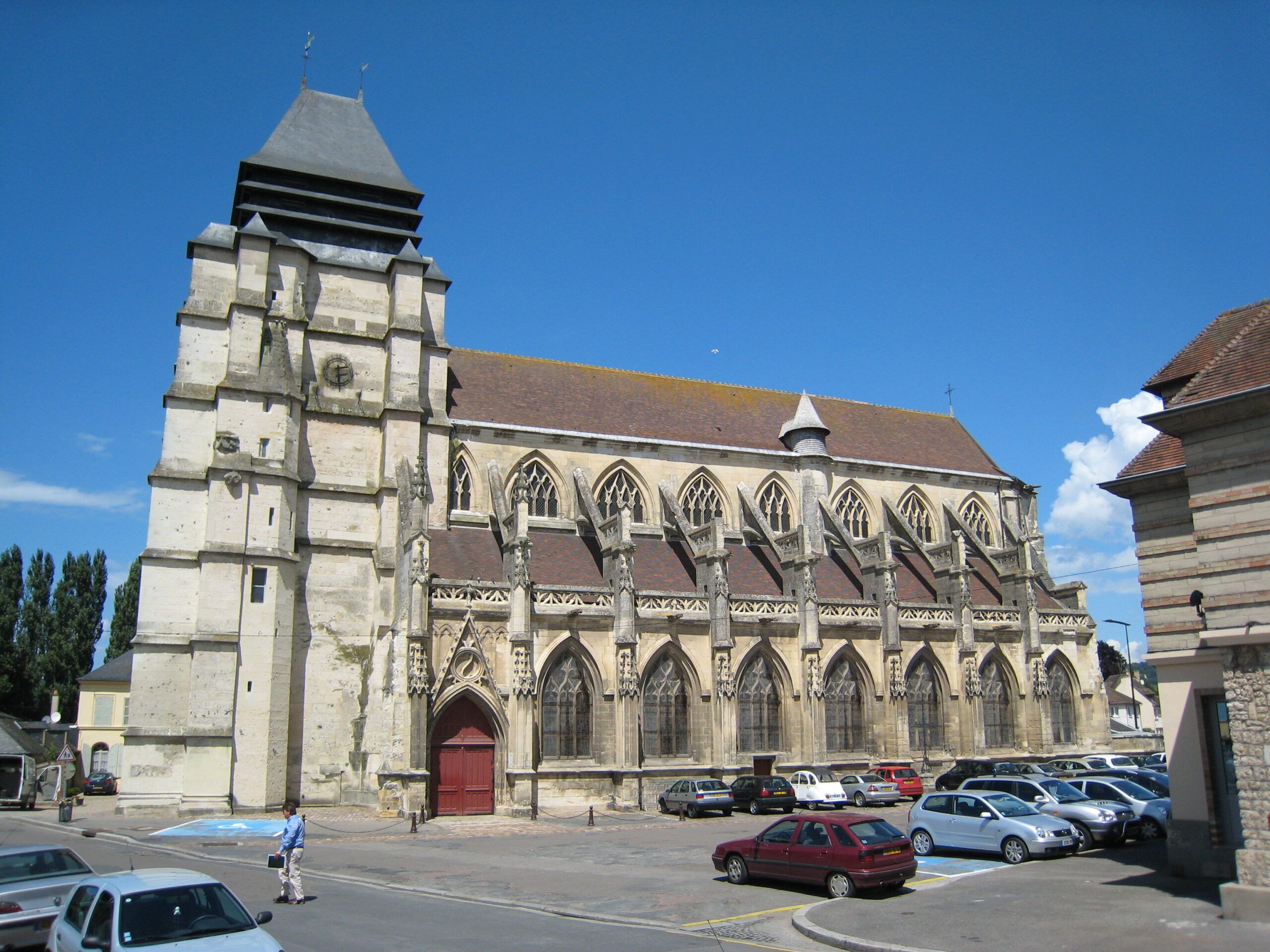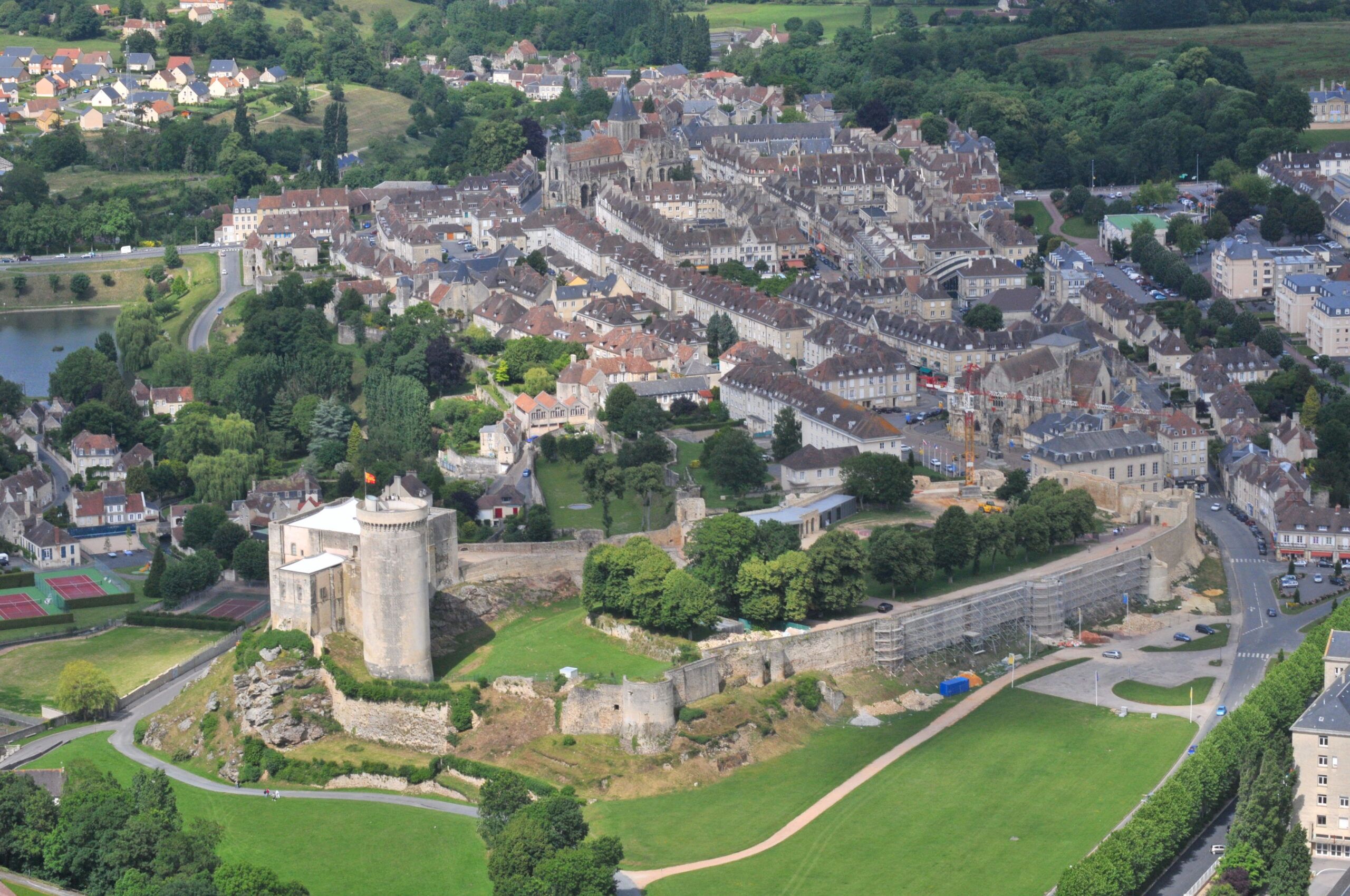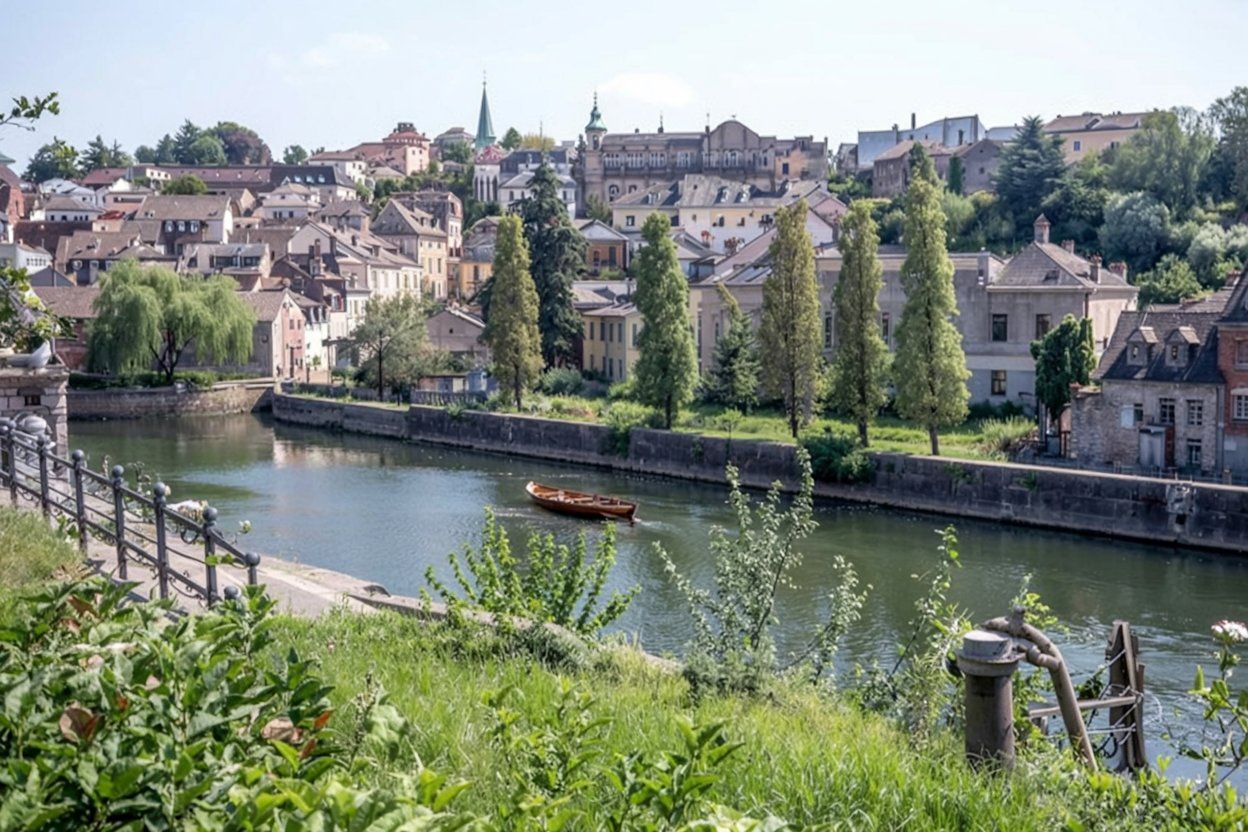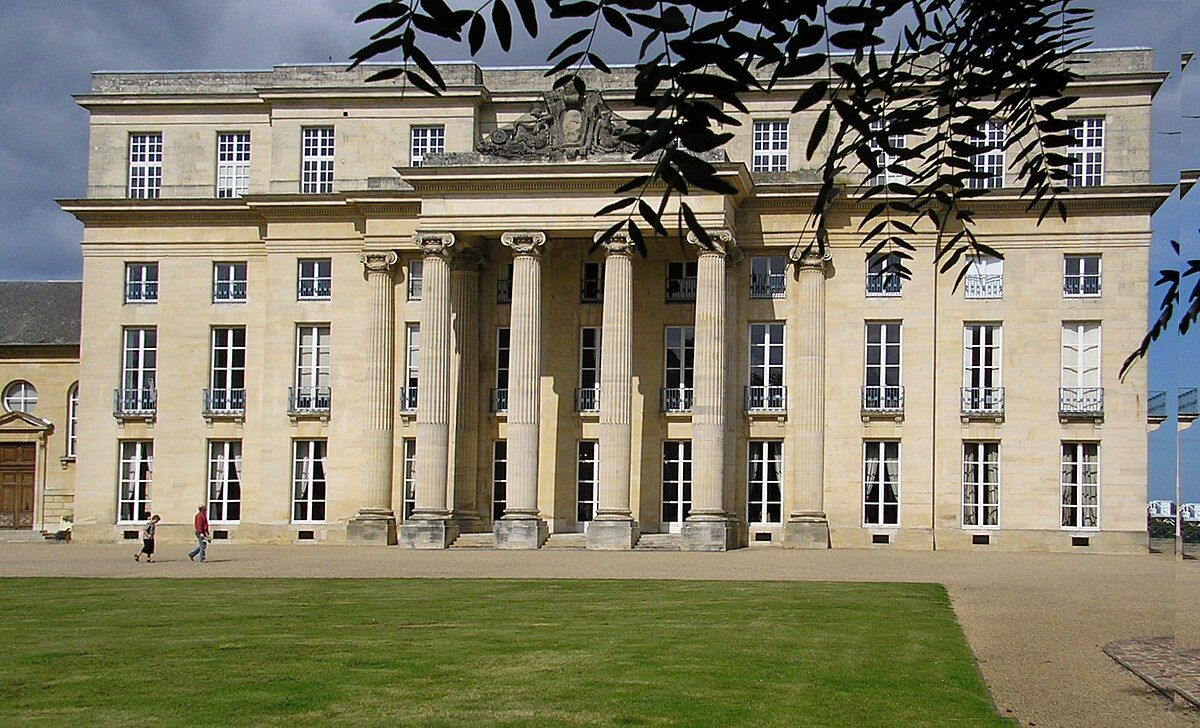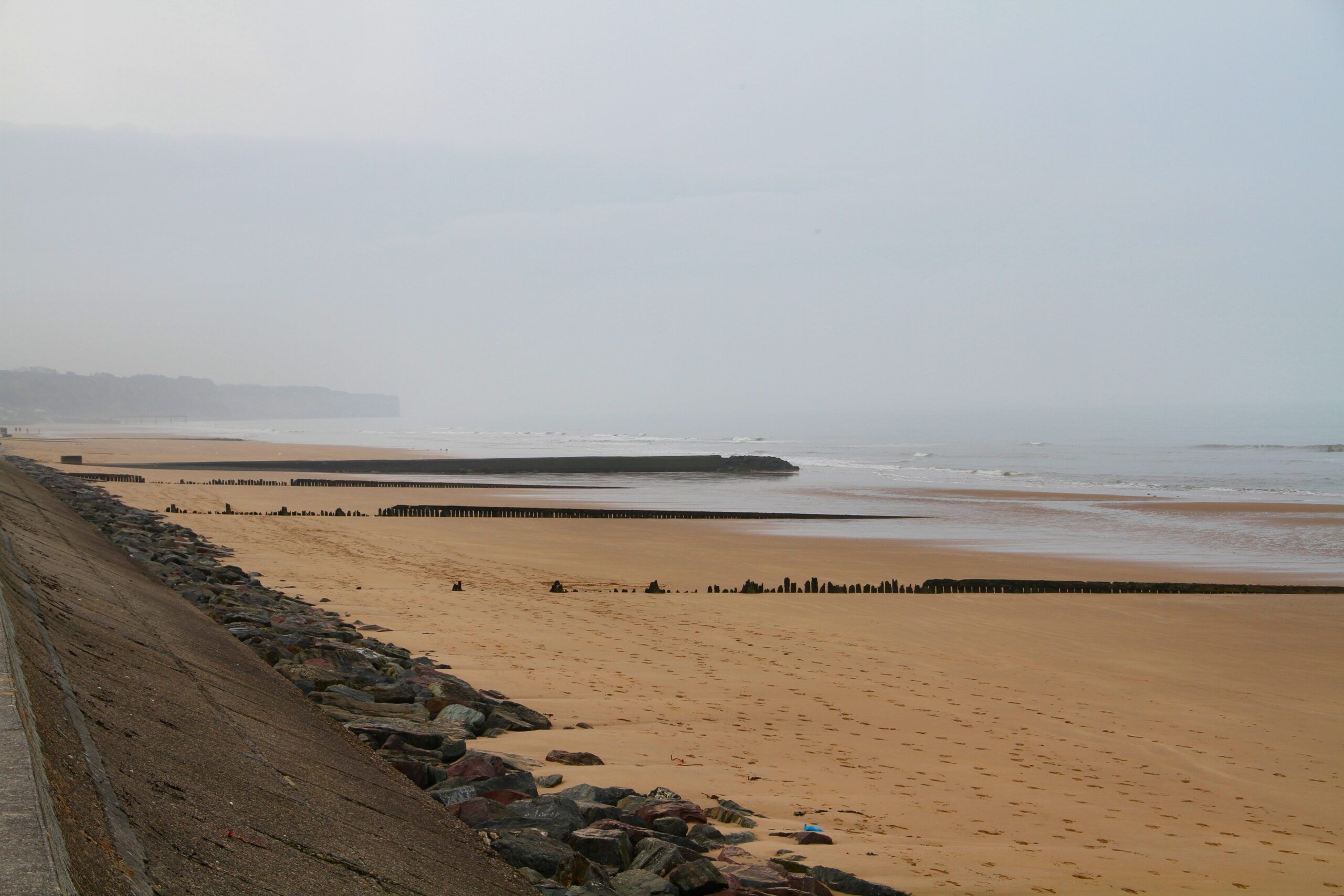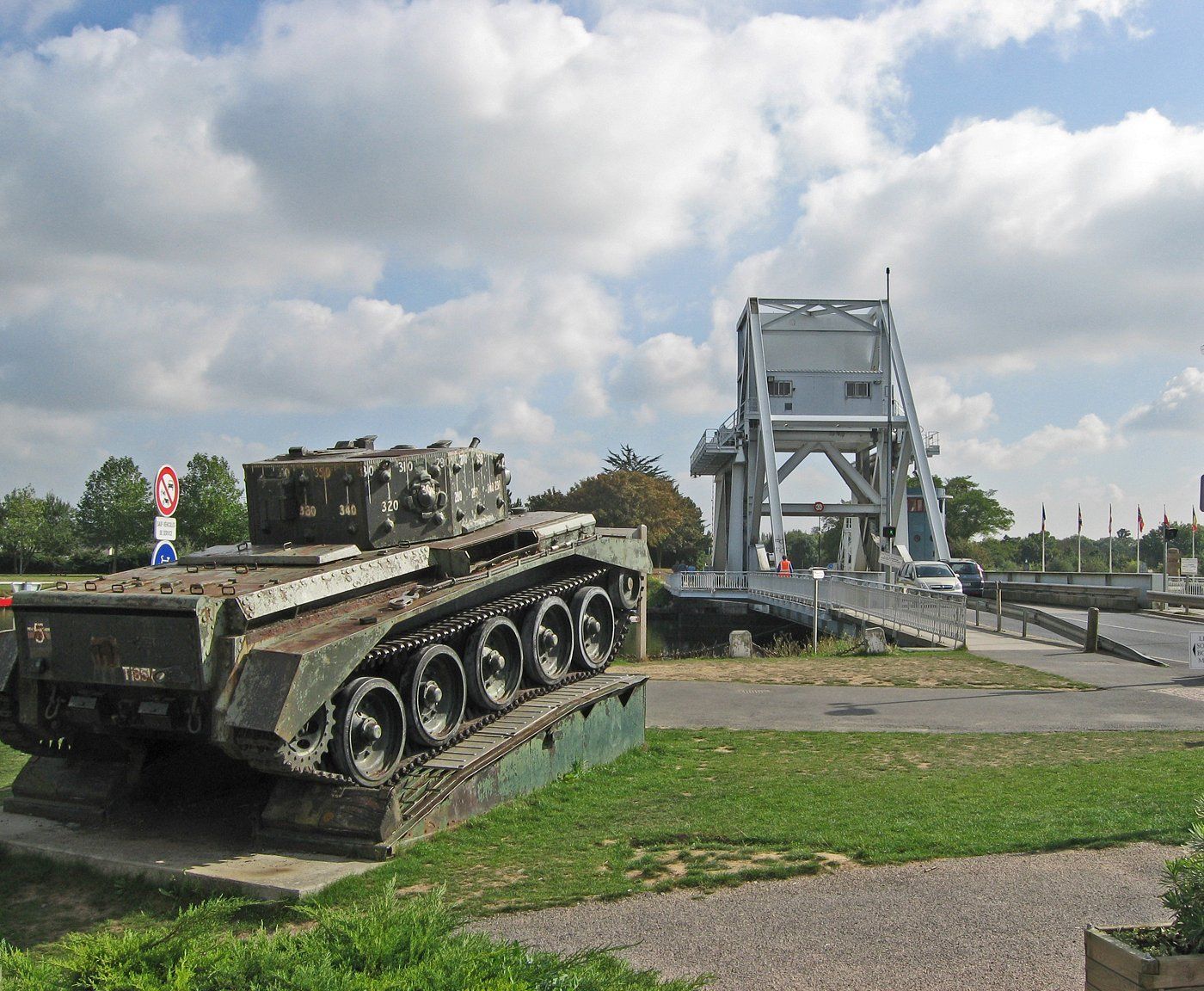Falaise, a historic Norman town, holds a special place in both medieval and modern history. Known as the birthplace of William the Conqueror in 1027, this charming locale later became the site of a crucial World War II battle following the D-Day landings in 1944. When you visit Falaise today, you’ll find a town that preserves both its medieval heritage through William’s impressive castle and its solemn WWII history through memorials of the “Falaise Pocket” battle that helped secure Allied victory in Normandy.
The town suffered heavy damage during the bombardments of 1944 as Allied forces fought to close the Falaise Pocket, trapping German armies retreating from Normandy. This strategic battle marked a turning point in the liberation of France. Today, Falaise offers visitors a unique opportunity to explore both a medieval ducal stronghold and important World War II sites, museums, and memorials that commemorate this pivotal moment in history.
Visit Recommended D-Day historic hotels and B&Bs along the invasion beaches.
When planning your trip to Normandy’s D-Day sites, Falaise deserves a place on your itinerary. Various guided tours offer convenient half-day excursions that connect the D-Day landing beaches with the inland battle sites around Falaise. The town welcomes history enthusiasts, families, and travelers seeking to understand the full scope of the Normandy campaign beyond just the coastal invasion sites.
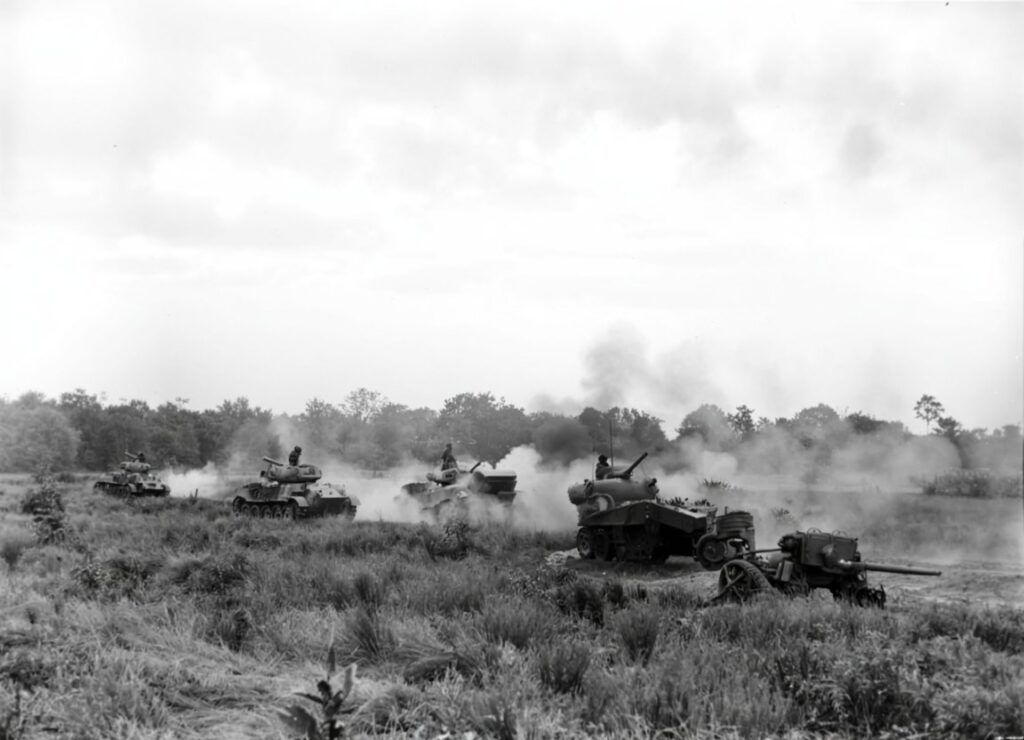
The Historical Significance of Falaise During World War II
Falaise played a crucial role in the final stages of the Battle of Normandy, becoming the site of one of the most decisive Allied victories after the D-Day landings. The events that unfolded here in August 1944 helped seal the fate of German forces in northern France.
Overview of Falaise in the Normandy Campaign
Falaise, a historic Norman town known as the birthplace of William the Conqueror, became a focal point during the Allied push through Normandy following the June 6, 1944 D-Day landings. By early August 1944, American, British, Canadian, and Polish forces had broken through German defenses and were advancing rapidly.
Allied bombers targeted Falaise on June 7, 1944, just one day after D-Day. This initial bombing aimed to disrupt German reinforcements moving toward the invasion beaches.
The town suffered extensive damage during the campaign. As Allied forces pushed inland from the Normandy beaches, Falaise’s strategic location made it increasingly important in the developing battle.
The Falaise Pocket: Context and Importance
The “Falaise Pocket” refers to the encirclement of German forces near Falaise in August 1944. After the successful Allied breakout operation (Operation Cobra), German units found themselves in danger of being surrounded.
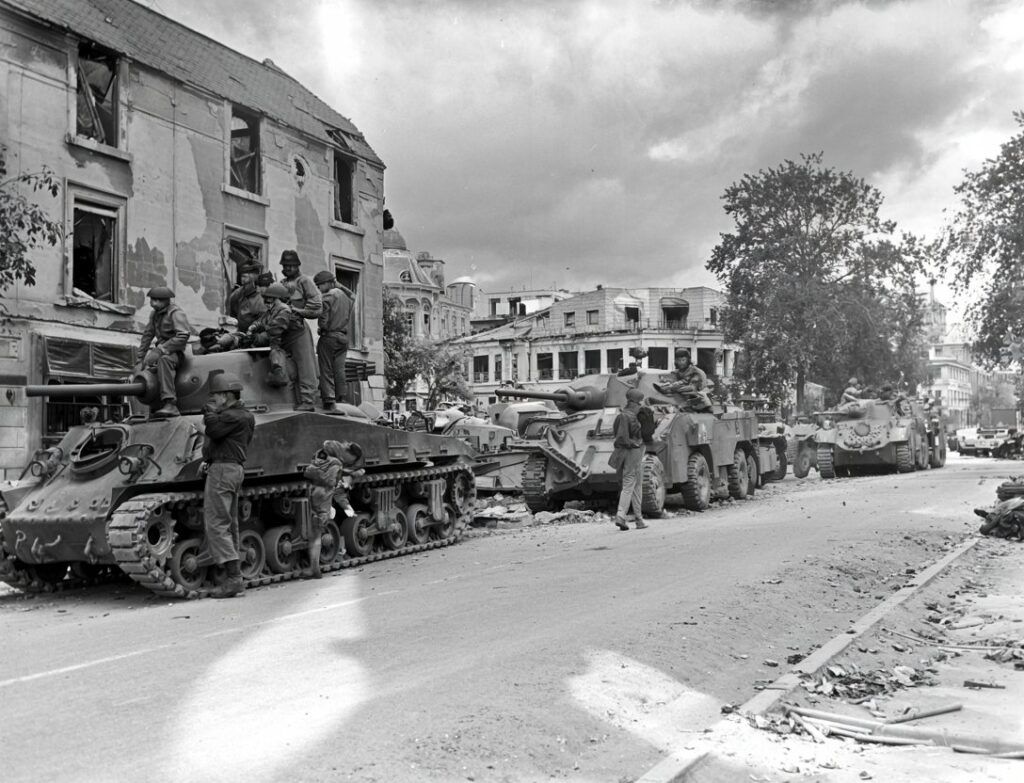
Hitler initially ordered his forces not to retreat, creating a dangerous salient. By mid-August, Canadian forces from the north and American forces from the south threatened to trap the German Seventh Army and Fifth Panzer Army.
The pocket eventually closed at Chambois, about 12 miles east of Falaise. Though thousands of German troops escaped, the Allies captured around 50,000 soldiers and destroyed vast amounts of German equipment.
Role of German Forces in the Falaise Encirclement
German forces in the Falaise area consisted primarily of the Seventh Army and elements of the Fifth Panzer Army. These units had been fighting since the D-Day landings and were already depleted.
Hitler’s “no retreat” orders severely hampered German commanders’ ability to respond to the developing encirclement. Field Marshal Günther von Kluge and later Field Marshal Walter Model struggled to maintain cohesion as Allied forces closed in.
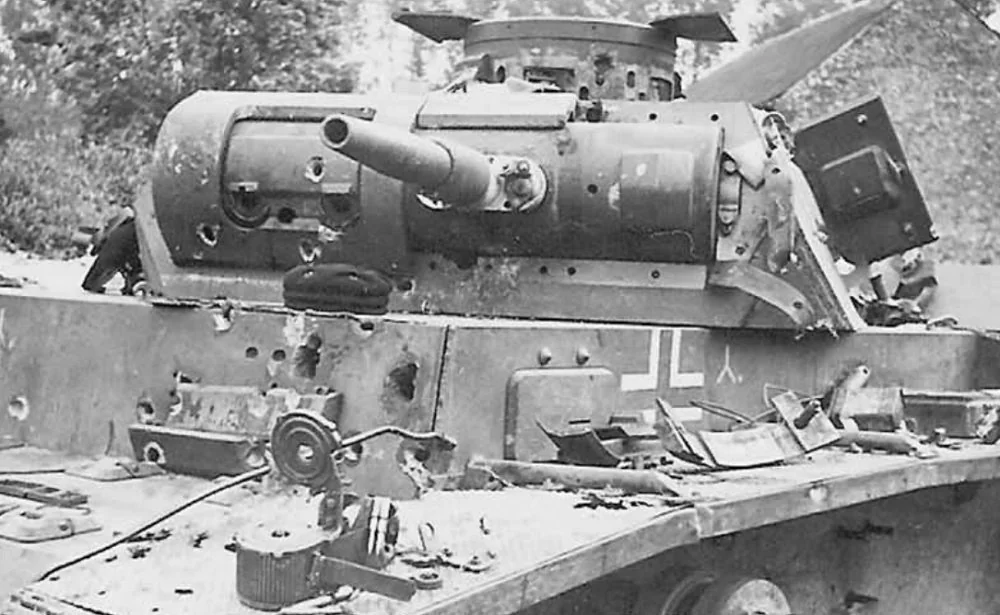
German armor and infantry fought desperately to keep an escape corridor open. Elite SS Panzer units formed the rearguard, sacrificing themselves to allow other units to withdraw.
Despite these efforts, the pocket’s closure dealt a devastating blow to German forces in France. The Wehrmacht lost irreplaceable veteran soldiers and equipment that couldn’t be easily replaced at this stage of the war.
The Battle of the Falaise Pocket
The Falaise Pocket battle marked the final dramatic phase of the Normandy Campaign in August 1944. Allied forces encircled retreating German armies, creating a deadly trap that would become one of the most decisive engagements of World War II.
Allied Forces and Strategies
Following the successful Operation Cobra in late July 1944, Allied forces began a sweeping movement to encircle German troops in Normandy. American forces pushed eastward while British and Canadian troops drove south, aiming to cut off the German retreat.
General Omar Bradley coordinated with British Field Marshal Bernard Montgomery to create a pincer movement. The Americans formed the southern arm while the British and Canadians formed the northern arm.
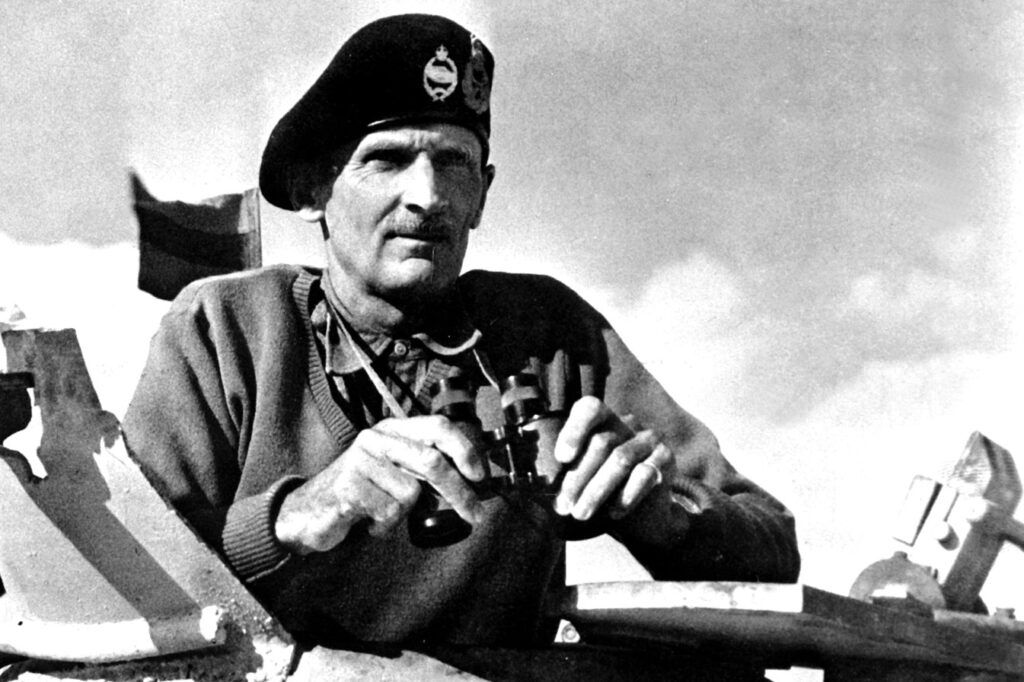
You can see the Allied strategy took shape as they closed in around the towns of Falaise, Trun, and Chambois. The goal was clear – trap the German Seventh Army and Fifth Panzer Army before they could escape eastward to the Seine River.
This encirclement strategy created what became known as the Falaise Pocket, a rapidly shrinking area where approximately 50,000 German soldiers found themselves trapped.
1st Polish Armoured Division and Their Heroism
The 1st Polish Armoured Division, commanded by General Stanisław Maczek, played a crucial role in closing the Falaise Pocket. On August 19, 1944, these Polish forces captured the strategic Hill 262 at Mont Ormel, nicknamed “Maczuga” (The Mace).
From this high ground, you would have witnessed Polish troops cutting off the main escape route for German forces. Despite being outnumbered, the Polish soldiers held their position for three days against fierce German counterattacks.
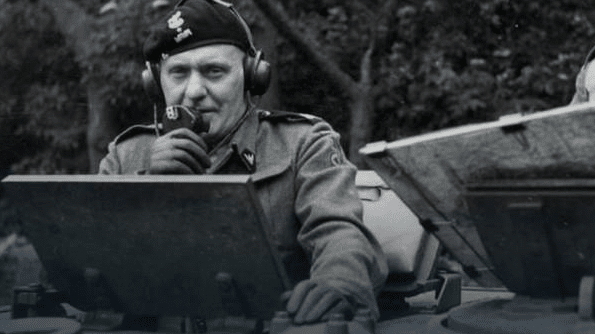
The Poles faced relentless assaults as desperate German forces attempted to break through. Their defense was so valiant that several soldiers were awarded high honors, including the Victoria Cross to their Canadian allies who fought alongside them.
Without adequate supplies or reinforcements, the division endured continuous artillery barrages and infantry attacks, suffering heavy casualties while maintaining their critical position.
Corridor of Death: The Final German Retreat
The narrow escape route between Chambois and Trun became known as the “Corridor of Death.” You would have seen a horrific scene: destroyed vehicles, dead horses, abandoned equipment, and thousands of casualties littered the landscape.
Allied aircraft continuously strafed and bombed the retreating columns. Canadian forces from the north and Americans from the south hammered the Germans caught in the pocket. The fields around Montormel became a graveyard of German military might.
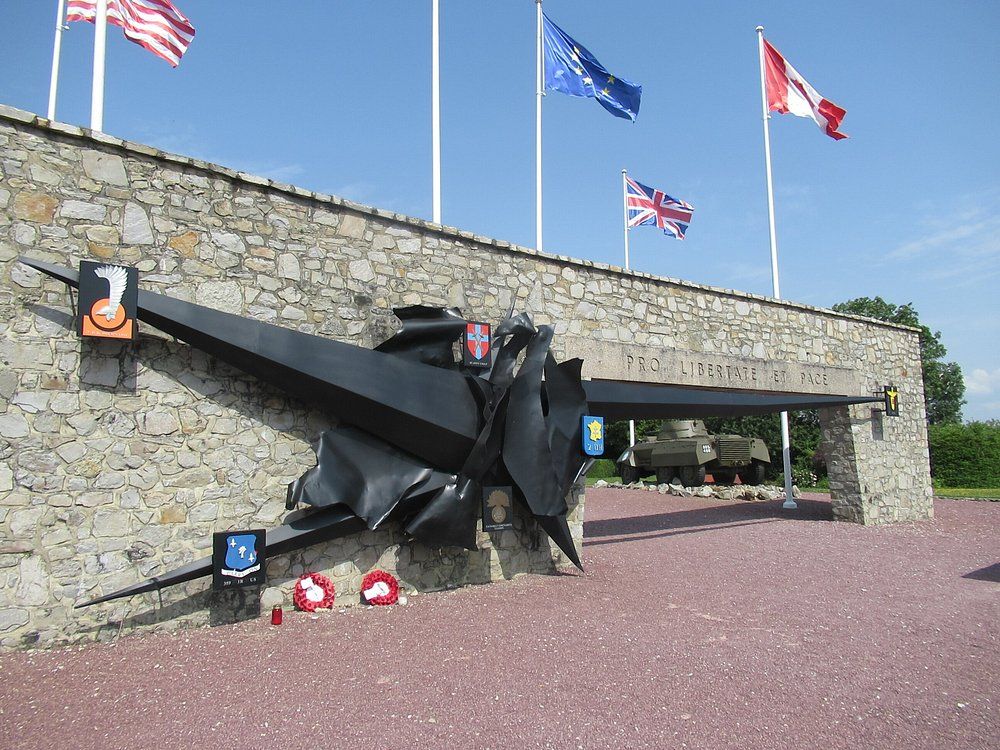
German losses were staggering – approximately 10,000 killed and 50,000 captured. The devastating defeat severely weakened German military capabilities in western Europe.
Despite the encirclement, some German units managed to escape before the pocket completely closed. Field Marshal Walter Model organized desperate breakout attempts that allowed about 20,000-40,000 troops to flee, though they had to abandon nearly all their heavy equipment.
Key Sites Relating to Falaise and D-Day
The Falaise area contains several significant historical sites connected to the final phase of the Battle of Normandy. These locations memorialize the closing of the Falaise Pocket, a decisive Allied victory that trapped German forces retreating from the D-Day invasion.
Visit Montormel Memorial
The Montormel Memorial stands as a powerful tribute to the final battle of the Normandy campaign. Located on Mont Ormel (Hill 262), this modern museum offers panoramic views of the valley where thousands of German troops were encircled by Allied forces in August 1944.
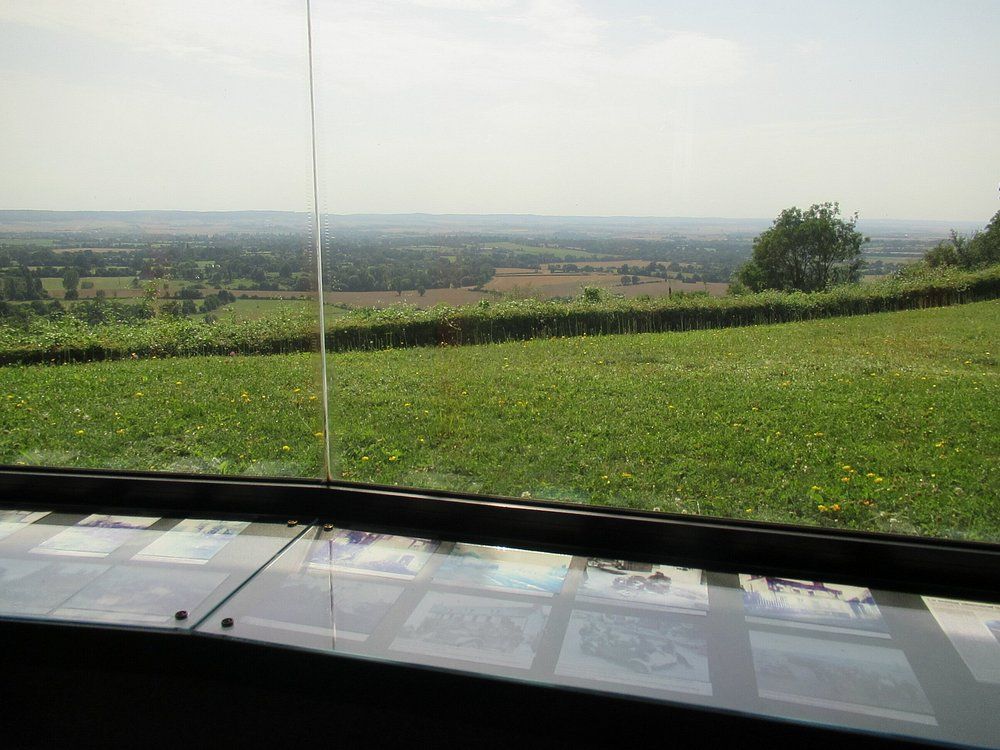
Inside, you’ll find detailed exhibits with maps, photographs, and personal accounts from soldiers who fought in this decisive engagement. The memorial’s observation deck allows you to visualize the battlefield layout and understand the strategic importance of this position.
The site features several monuments honoring Polish, Canadian, and other Allied troops who secured this vital high ground. Audio guides are available in multiple languages to enhance your visit.
Sites of the Falaise Pocket
The Falaise Pocket encompasses several towns and villages where fierce fighting occurred during the final days of the Normandy campaign. In Chambois, visit the small museum dedicated to the “Corridor of Death” where German forces attempted to escape the Allied encirclement.
The countryside between Falaise, Trun, and Chambois contains numerous memorials marking significant battle locations. Look for the Canadian Memorial at Saint-Lambert-sur-Dives, where troops blocked a key escape route.
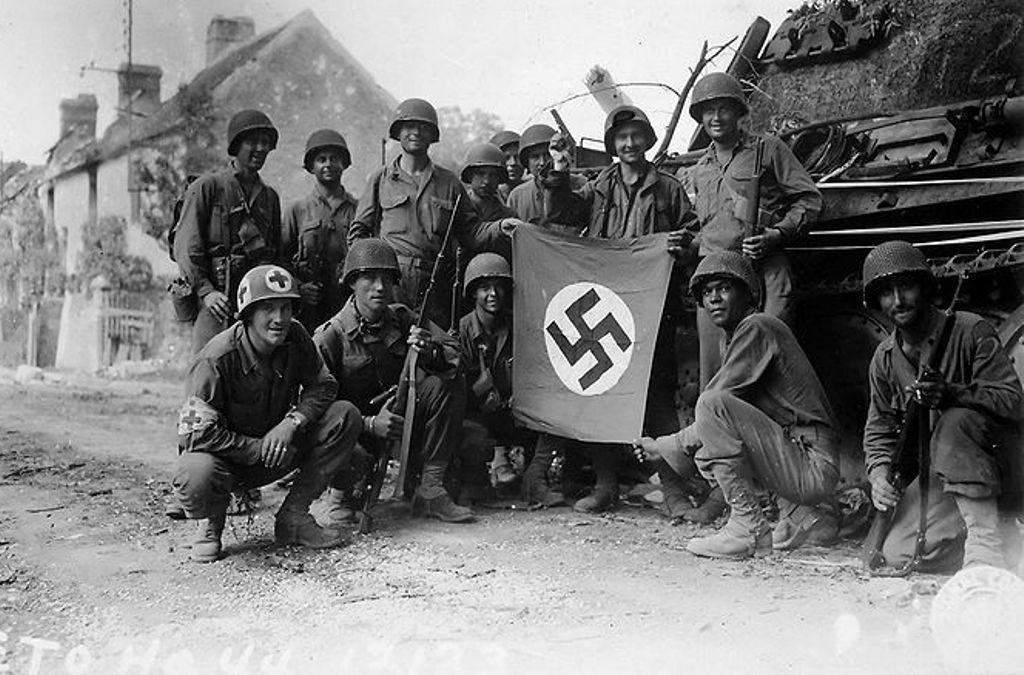
You can follow marked driving routes connecting these sites, with informational panels explaining the historical context at each stop. Local guides offer specialized tours that provide deeper insights into this complex military operation.
Many battle-scarred churches and buildings still bear witness to the intensity of the fighting that occurred here over 80 years ago.
Stay steps from Omaha Beach and historic landmarks. Best rates on local accommodations.
Connecting Falaise to the Broader D-Day Experience
Falaise serves as a crucial link in understanding the complete story of the D-Day invasion and subsequent Battle of Normandy. The town represents the culmination of Allied efforts that began on the beaches and ended with the closing of the Falaise Pocket.
D-Day Beaches: Omaha, Utah, Juno, Gold, and Sword
When you visit Falaise, you’re only about 35 miles from the historic D-Day landing beaches. Omaha Beach, where American forces faced fierce resistance, offers memorials and museums documenting the bloody assault. Utah Beach presents a more successful landing story with its excellent museum displaying original landing craft.
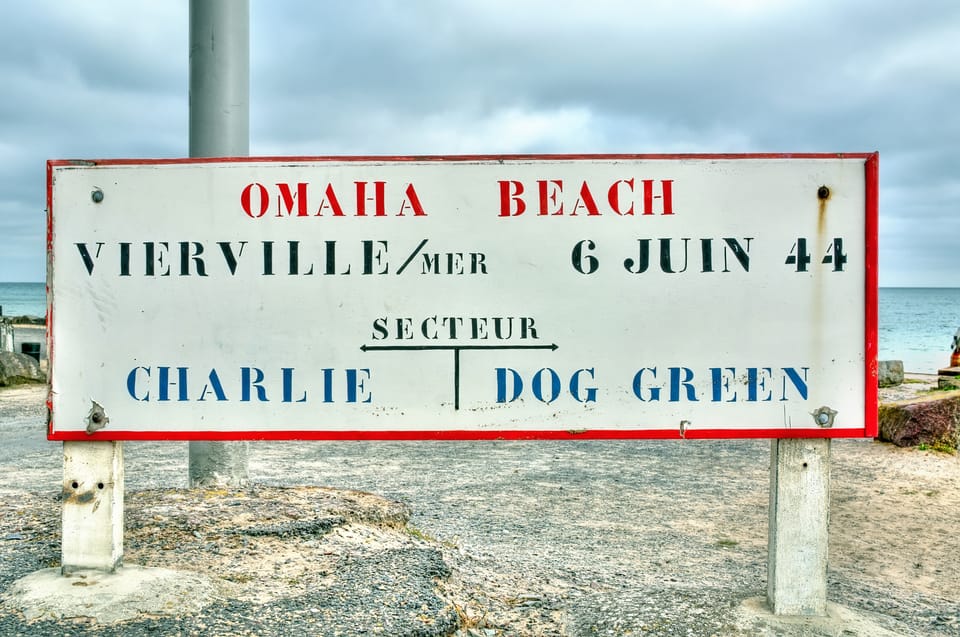
Canadian forces stormed Juno Beach, now home to the Juno Beach Centre that honors their contribution. At Gold Beach, British troops successfully captured Arromanches, where you can still see remnants of the artificial Mulberry Harbor.
Sword Beach connects to the impressive Pegasus Bridge operation. The Merville Battery, a formidable German gun emplacement neutralized by British paratroopers, sits nearby.
Historic Towns Near Falaise
Several historic towns around Falaise complement your D-Day experience. Sainte-Mère-Église, where American paratrooper John Steele famously caught his parachute on the church steeple, now features an excellent Airborne Museum.
Carentan, site of fierce fighting after D-Day, offers walking tours of battle sites. The town was a critical junction point that connected American forces from Utah and Omaha beaches.
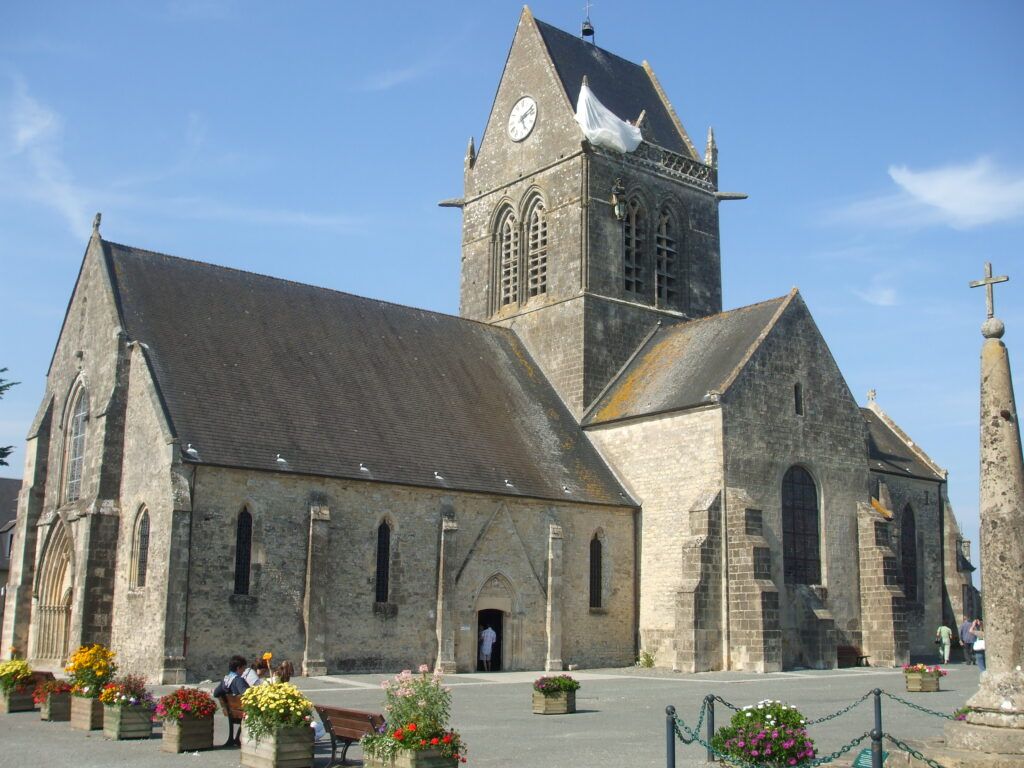
Arromanches provides spectacular views of the artificial harbor remains from specially designed viewing platforms. The town’s 360° Cinema offers an immersive film experience that places you in the midst of the battle.
Pointe du Hoc, where Rangers scaled 100-foot cliffs under fire, stands as one of the most dramatic battlefield sites in Normandy, with crater-pocked landscape and bunker remains.
War Cemeteries and Memorials
The Normandy region contains several solemn war cemeteries and memorials that honor the thousands of Allied soldiers who gave their lives during the D-Day landings and subsequent Battle of Normandy. These meticulously maintained sites serve as places of remembrance and reflection.
Canadian War Cemetery
The Canadian War Cemetery at Bény-sur-Mer pays tribute to Canadian soldiers who fell during the early stages of the Normandy campaign. Located about 4 kilometers from Juno Beach, this cemetery contains the graves of 2,049
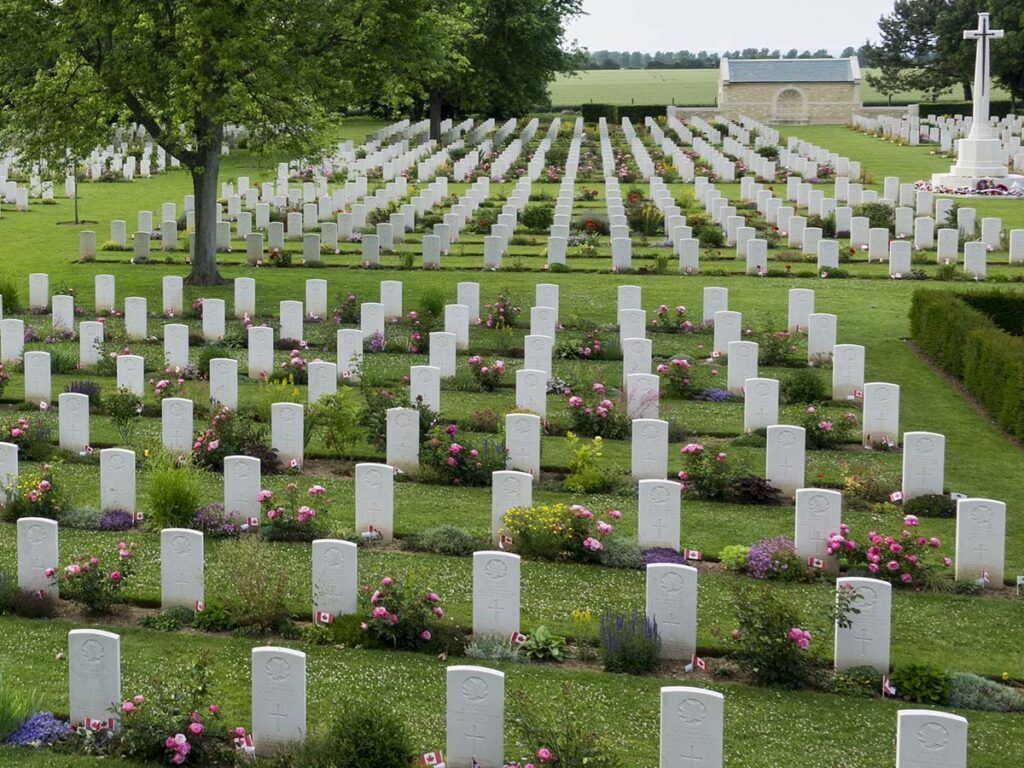
Visiting Falaise Today
Falaise offers visitors a blend of historical significance and modern charm. The town preserves its rich heritage while providing comfortable amenities for travelers interested in both World War II history and Norman culture.
Museums and Historical Exhibitions
The Memorial de Falaise is a must-visit site for understanding the town’s pivotal role during World War II. This modern museum documents civilian life during the Battle of Normandy with interactive exhibits and powerful testimonies.
William the Conqueror’s Castle dominates the town center, showcasing medieval architecture and history. The castle features multimedia displays that bring the Duke of Normandy’s story to life through innovative technology.
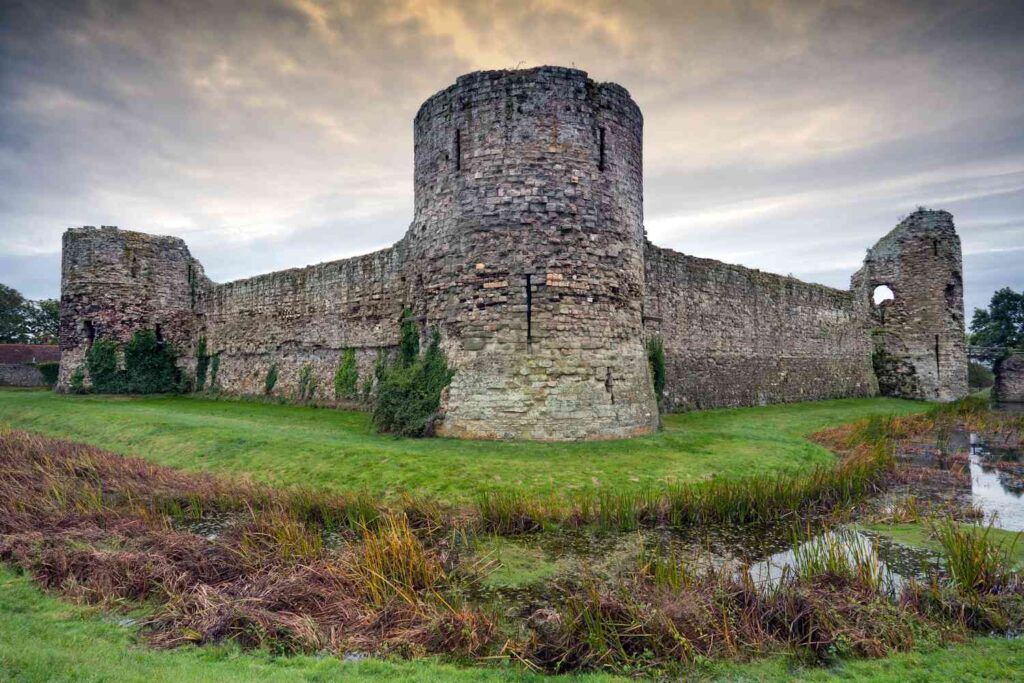
The August 1944 Museum focuses specifically on the Falaise Pocket battle, displaying military artifacts, photographs, and maps that explain this crucial phase of the Allied campaign.
Local history museums house collections of regional artifacts, from traditional Norman crafts to archaeological findings that span centuries of the town’s development.
Guided Tours and Walking Routes
Several specialized tour companies offer expert-led explorations of Falaise’s WWII sites. These guides provide detailed historical context about the Falaise Pocket and broader D-Day operations. Tours range from 2-hour walks to full-day excursions.
Self-guided walking routes are well-marked throughout town, with informational plaques in multiple languages. The “Falaise Liberation Trail” connects major WWII monuments and battle sites with clear directions.
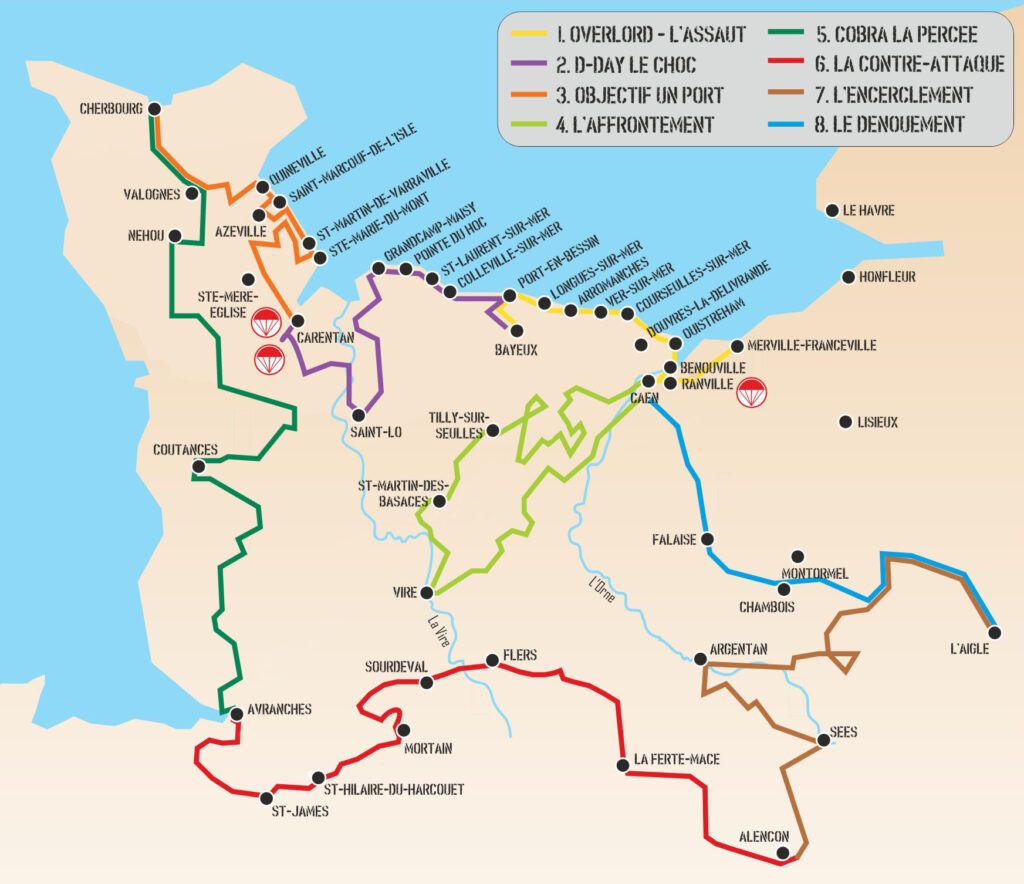
Normandy Squared offers minibus excursions for small groups of 1-8 people, with tours available in French, English, and Spanish. These tours provide convenient transportation between scattered historical sites.
Specialized battlefield tours extend beyond Falaise to connect with other D-Day landing beaches and memorial sites. These comprehensive tours help visitors understand the full scope of the Normandy campaign.
Find the perfect base for exploring Utah Beach, Pointe du Hoc, and beyond.
Local Accommodations and Dining
Falaise offers a range of lodging options, from charming bed and breakfasts in historic buildings to modern hotels with amenities. Many accommodations are within walking distance of the main historical attractions.
Check accommodation availability in Falaise.
Traditional Norman cuisine dominates local restaurants, with specialties including:
- Calvados apple brandy
- Camembert cheese
- Fresh seafood dishes
- Local cider
Family-run bistros in the town center provide authentic regional food at reasonable prices. Many feature outdoor seating areas with views of historic buildings.
Visitors should consider booking accommodations in advance during summer months and on D-Day anniversary dates, as Falaise becomes particularly busy during these peak periods.
Travel Tips for Falaise and Normandy Visitors
Planning a visit to Falaise and the surrounding Normandy region requires some preparation to make the most of your experience. The area offers rich historical sites, particularly from World War II, alongside beautiful landscapes and cultural attractions.
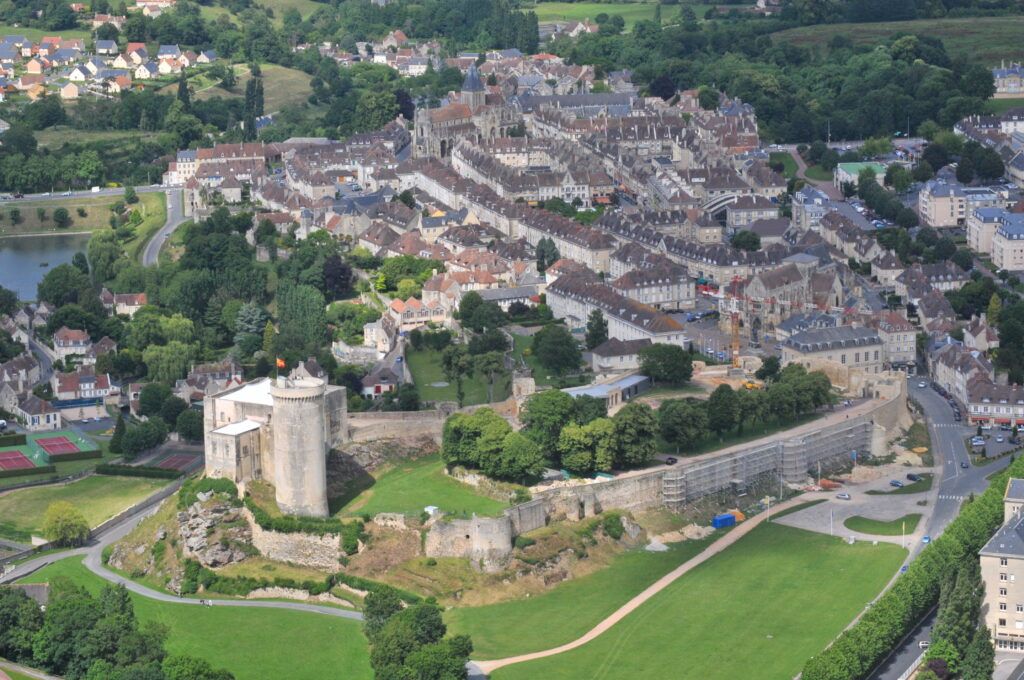
Getting to Falaise
Falaise is located about 35 kilometers (22 miles) south of Caen in Normandy, France. The most convenient way to reach Falaise is by car, especially if you plan to explore the D-Day beaches and other WWII sites.
From Paris:
- By train: Take a train to Caen (2 hours), then connect via bus to Falaise (45 minutes)
- By car: Approximately 3 hours via A13 and D511
From major Normandy cities:
- From Caen: 40 minutes by car
- From Bayeux: 1 hour by car
Public transportation options are limited, so renting a car is highly recommended. This gives you the freedom to visit rural sites and explore the region at your own pace.
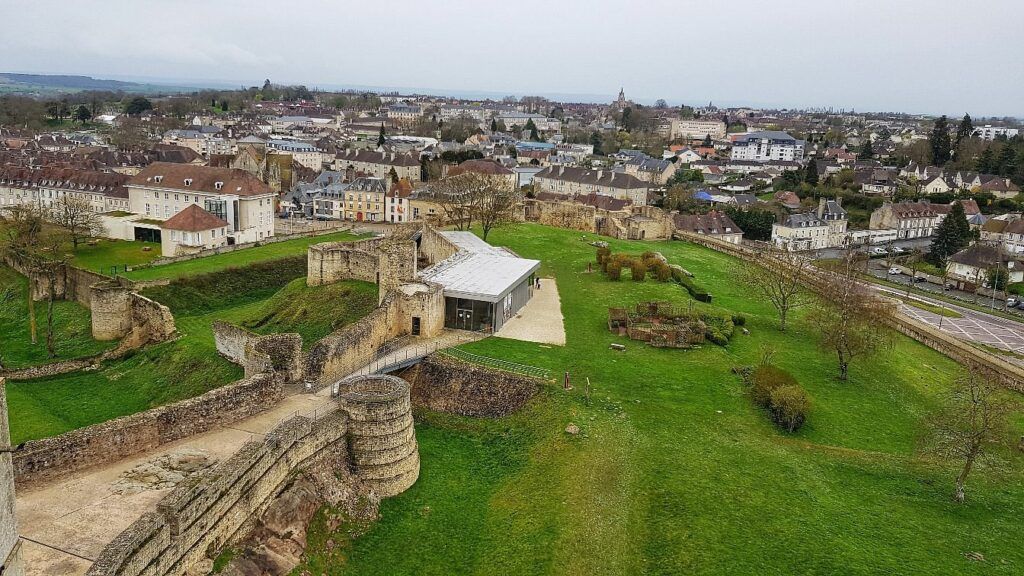
Best Times to Visit
Normandy has a temperate climate with mild temperatures year-round, but certain seasons offer distinct advantages for visitors.
Peak season (June-August):
- Warmest weather (60-75°F/15-24°C)
- D-Day anniversary events (early June)
- Busiest time with larger crowds
Shoulder seasons (April-May, September-October):
- Mild weather with fewer tourists
- Lower accommodation rates
- Many historical sites remain open
Winter visits (November-March) can be chilly and rainy, with shorter days limiting sightseeing time. Some smaller attractions may have reduced hours or close entirely.
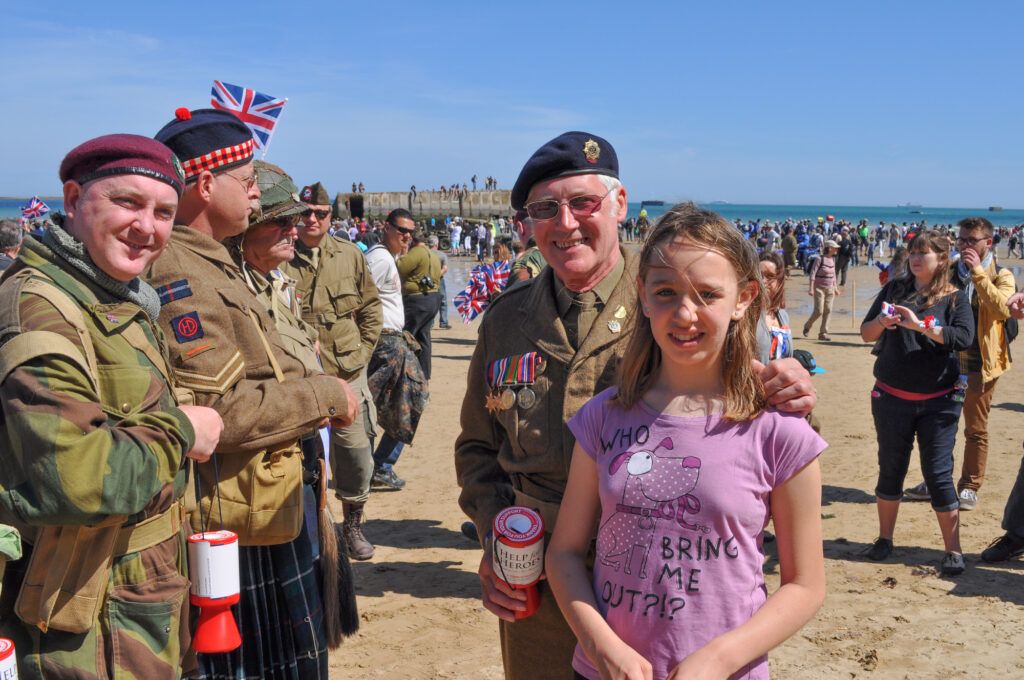
Consider planning your visit around June 6th if you want to experience D-Day commemorations, but book accommodations well in advance.
Recommended Itineraries
Two-Day Falaise Focus:
- Day 1: Explore Château de Falaise (William the Conqueror’s birthplace), Memorial des Civils, and town center
- Day 2: Visit the Falaise Pocket battlefield sites and Montormel Memorial Museum
Four-Day Normandy WWII Tour:
- Day 1: Falaise and its WWII history
- Day 2: D-Day beaches (Omaha, Utah) and American Cemetery
- Day 3: Caen Memorial Museum and British/Canadian landing sectors
- Day 4: Bayeux (tapestry, cathedral) and return
For history enthusiasts, consider joining a guided tour for at least part of your trip. Local guides provide valuable context about the battles and events that shaped this region. Always wear comfortable shoes and dress in layers, as Normandy weather can change quickly even in summer.
Find comfortable stays within moments of historic battlegrounds

